I wonder if everyone arranges to visit 1-2 local markets during their travels. Apart from sightseeing, staying in hotels, and enjoying delicious food, these markets often take me to places where dialects are dense, allowing me to experience some “trivialities” during my travels and open a window to observe local life.
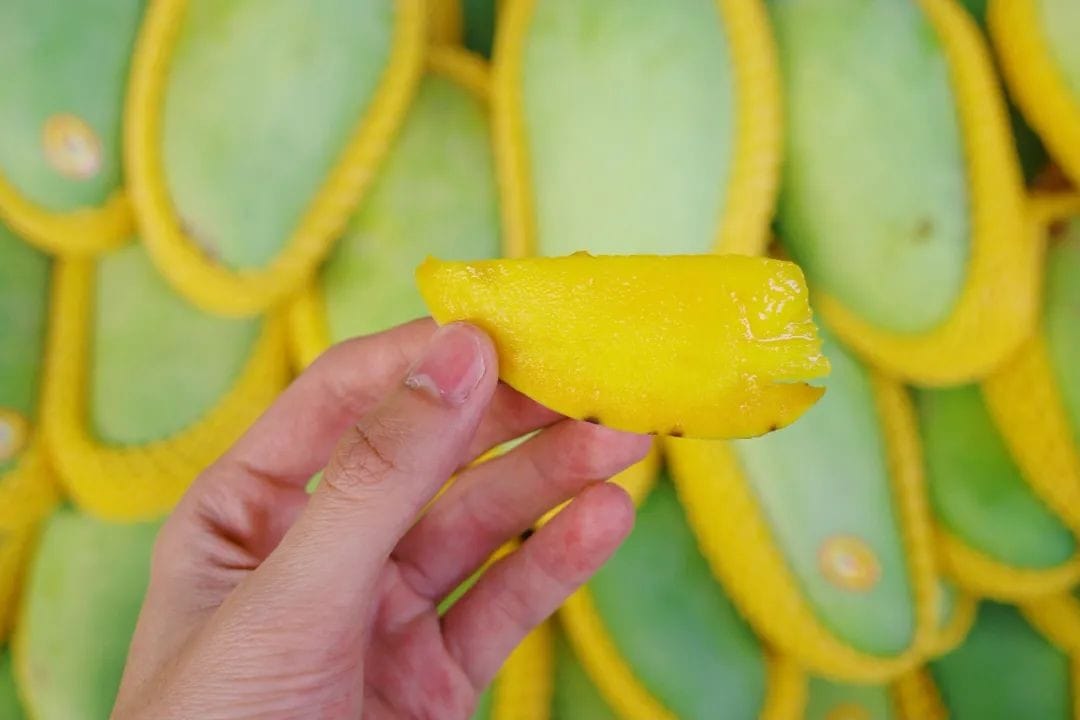
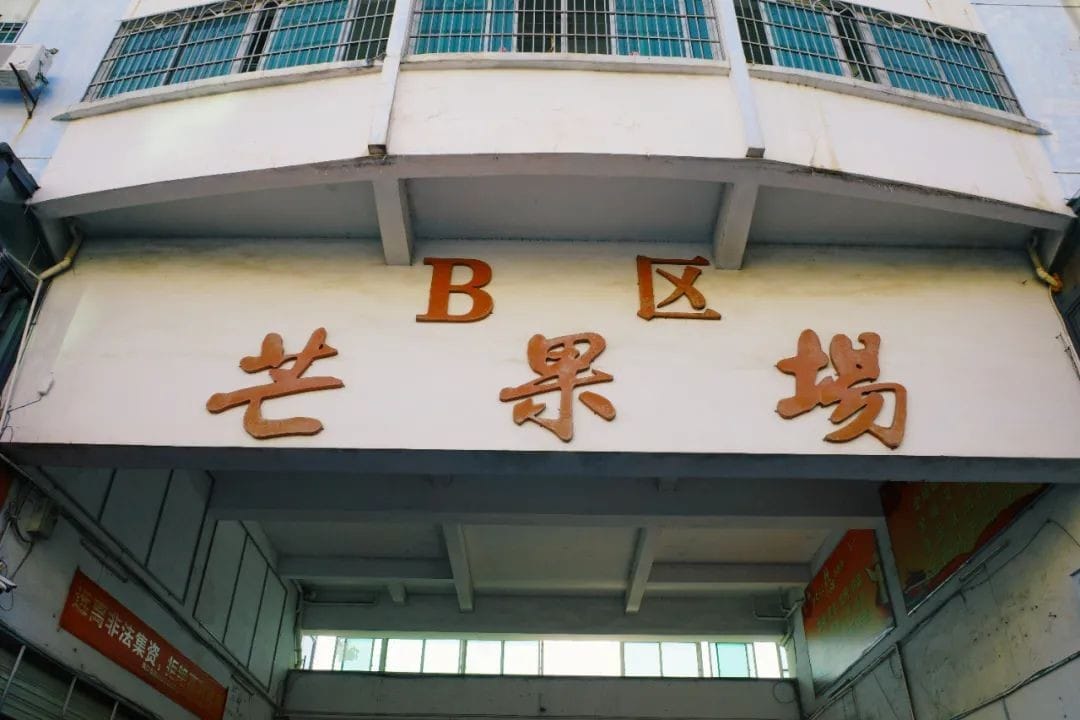
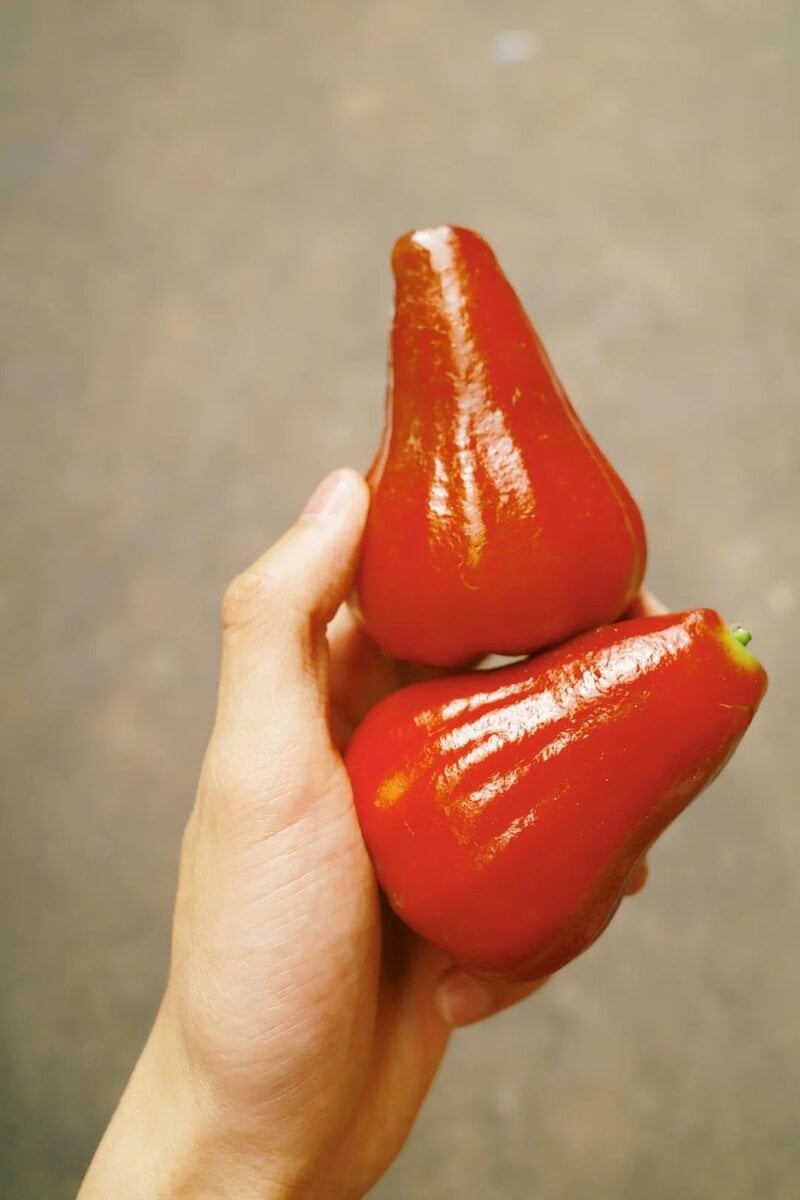
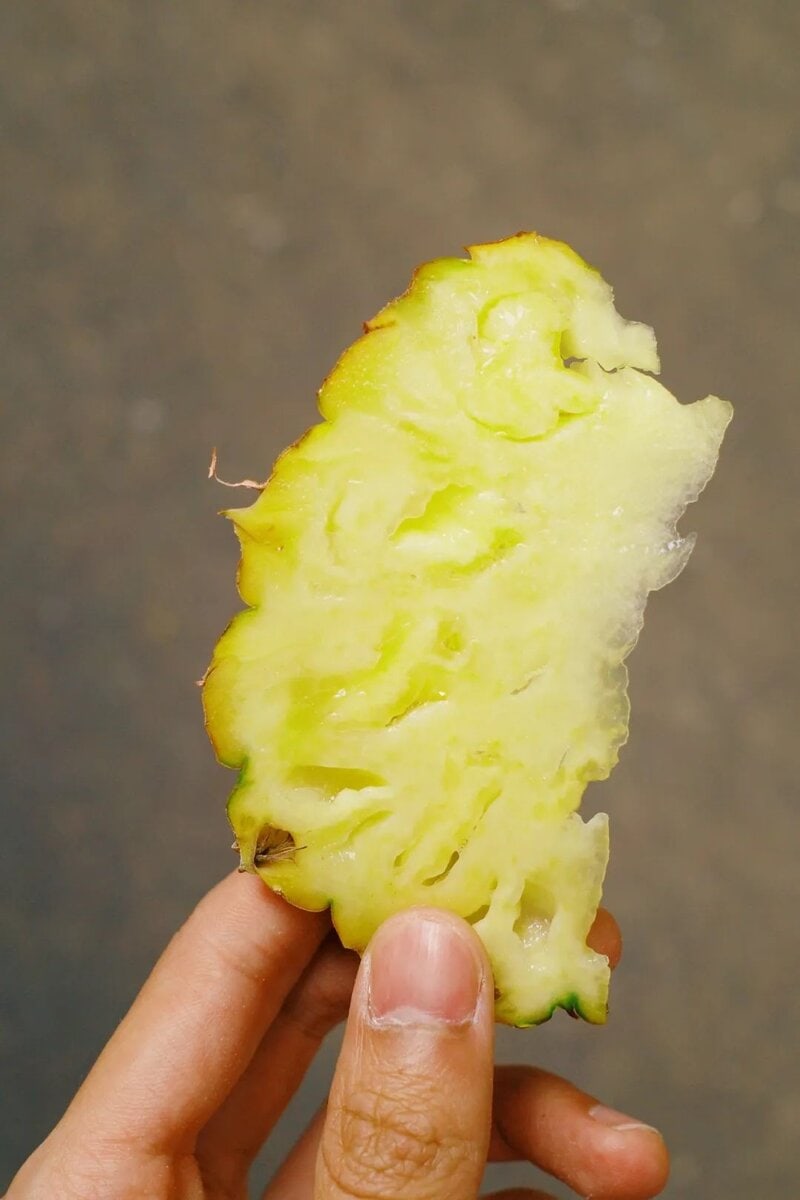
Compared to a refined travel experience, the feeling of wandering through markets is like wearing loose clothes to throw out the trash downstairs, making one feel very relaxed.
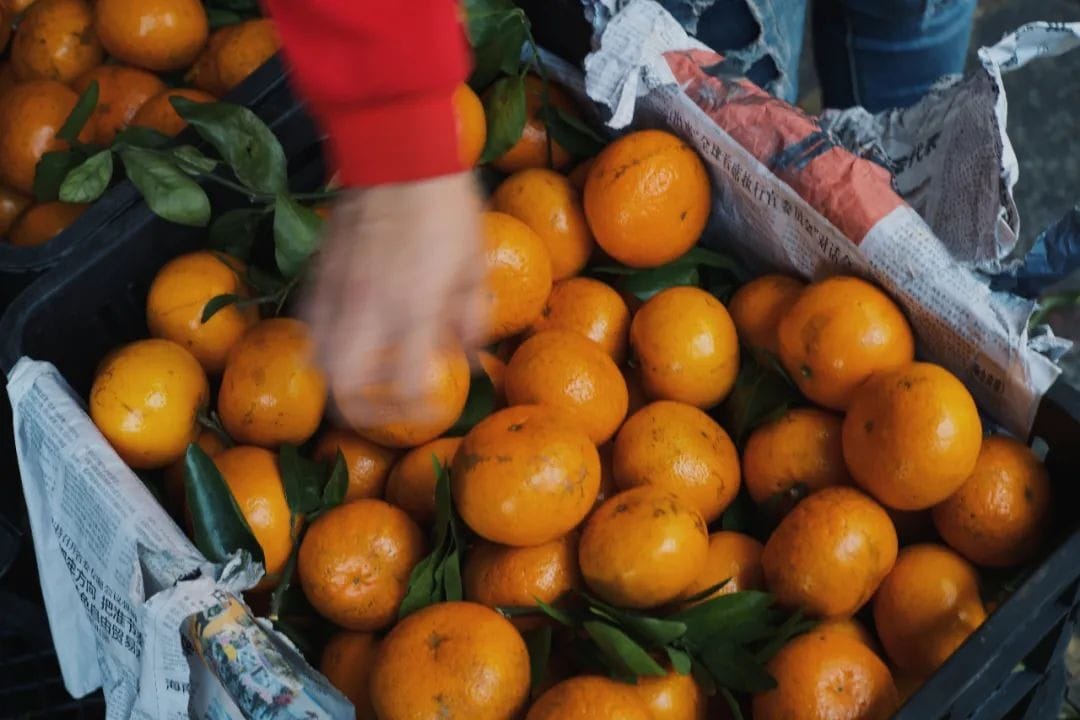
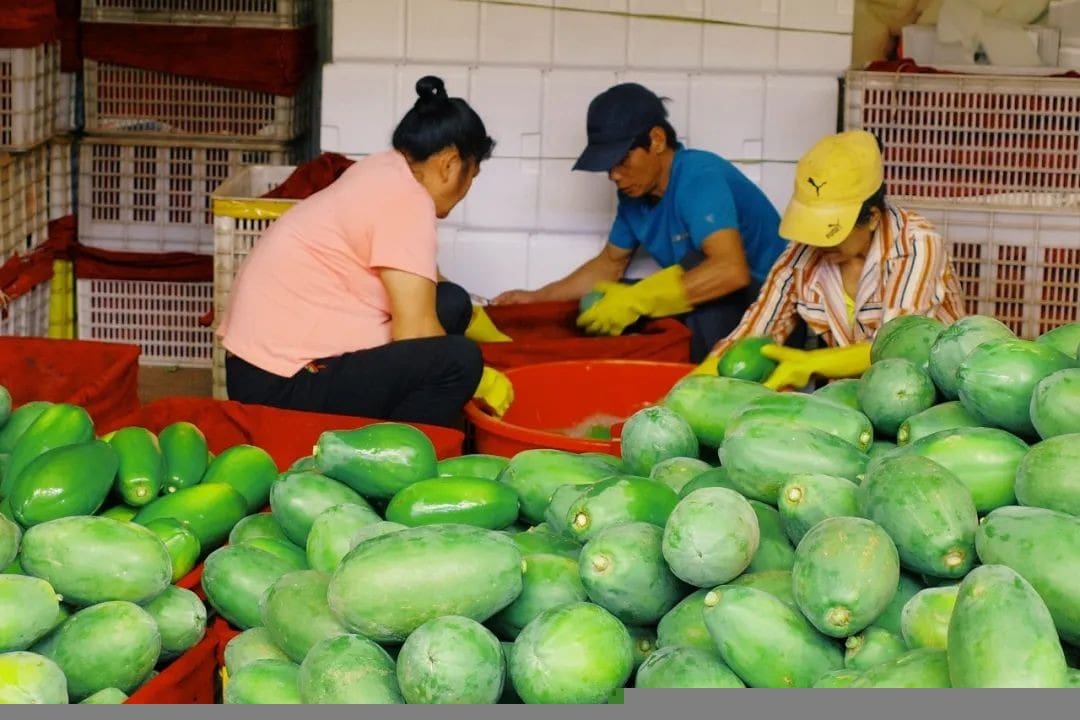

I’ve been to Haikou many times, and the classic attractions have been mentioned.
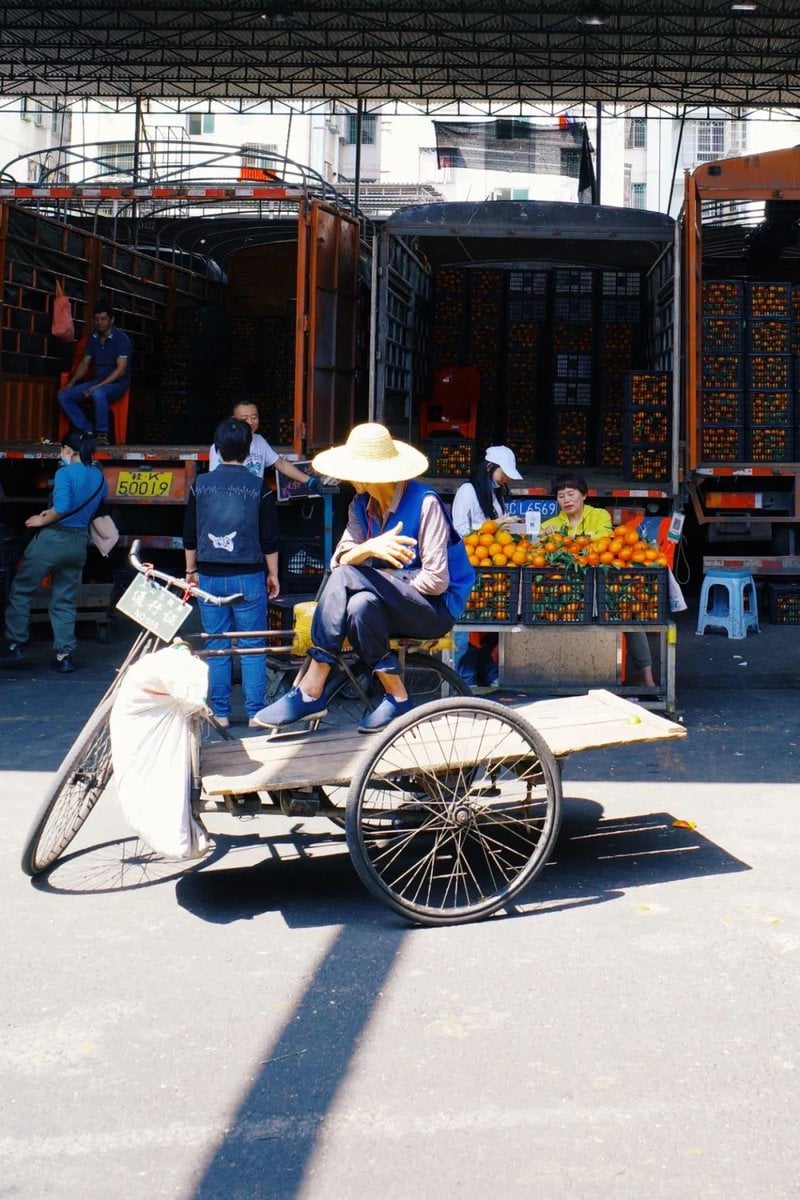
This time, I spent quite a long time in Hainan with Teacher Potato (half of which was in quarantine). After quarantine, we visited places that are usually overlooked by tourists: local fruit markets, beloved nameless eateries, and a library by the sea, experiencing a Haikou that makes one want to live there.
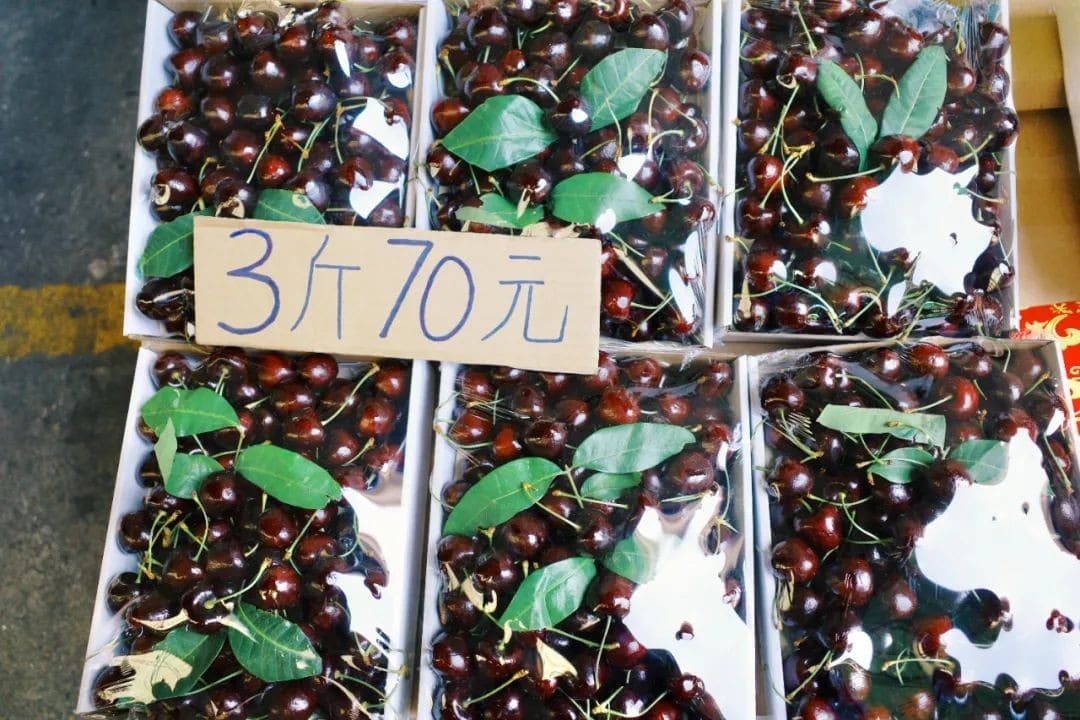
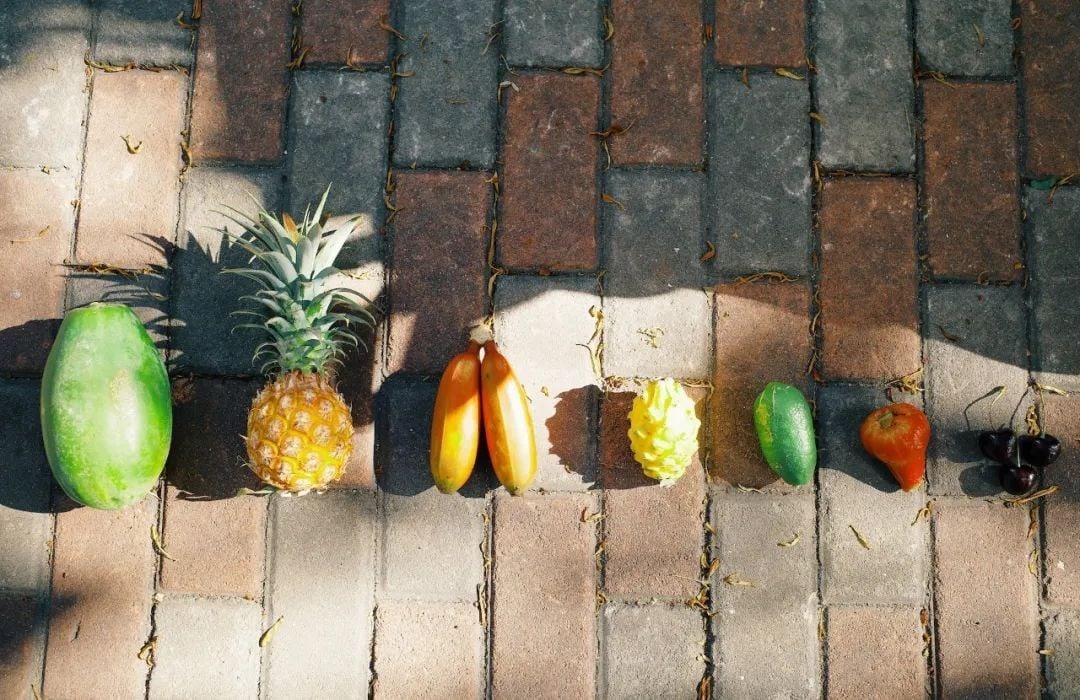
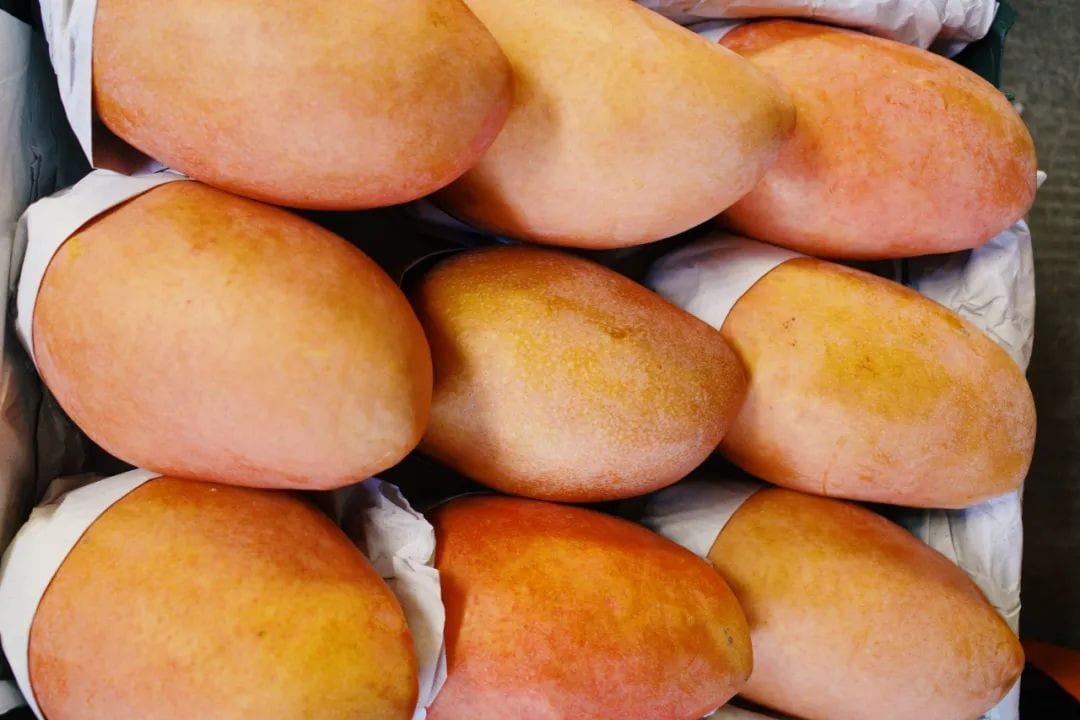
Today, I will take you into the “North-South Fruit Market,” filled with sweet aromas, to achieve fruit freedom.
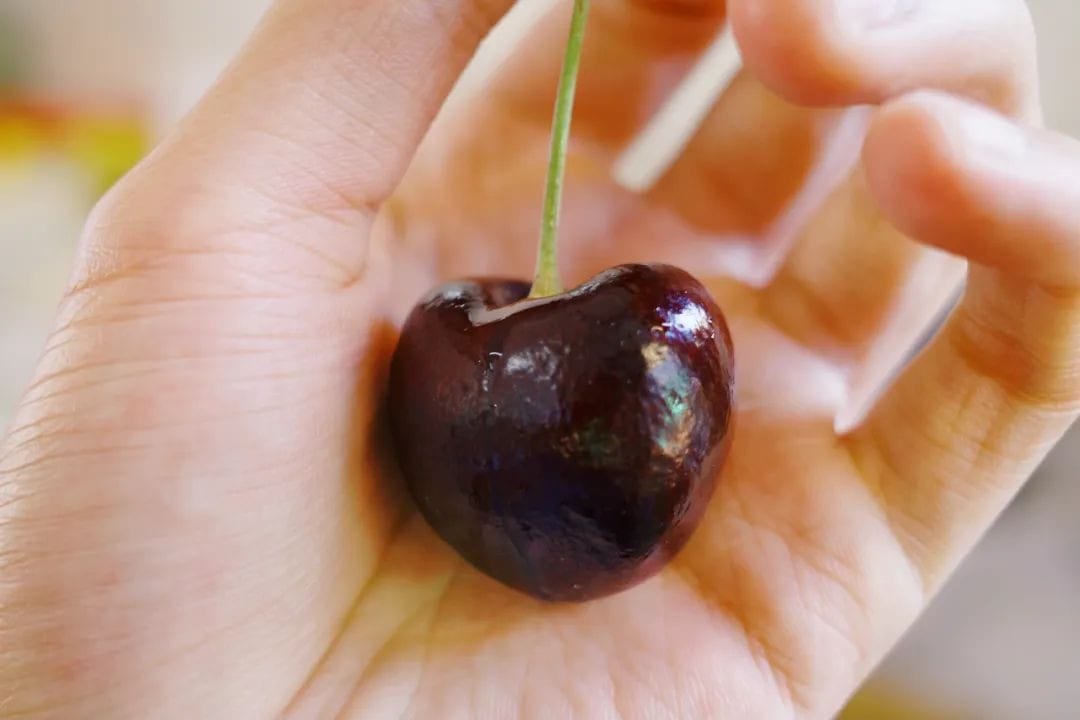
I’ve been to the North-South Fruit Market in Haikou twice, the first time being in 2020. Here, I saw for the first time such a large number of tropical fruits at such low prices, giving me a feeling of being transported to a Southeast Asian fruit market.
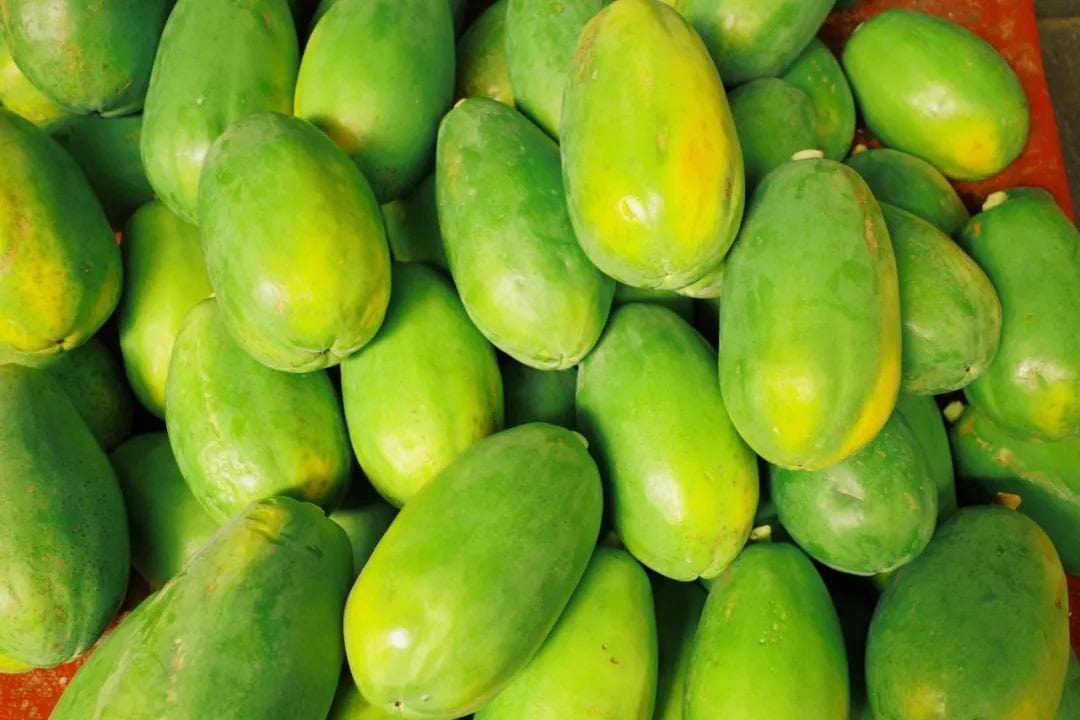
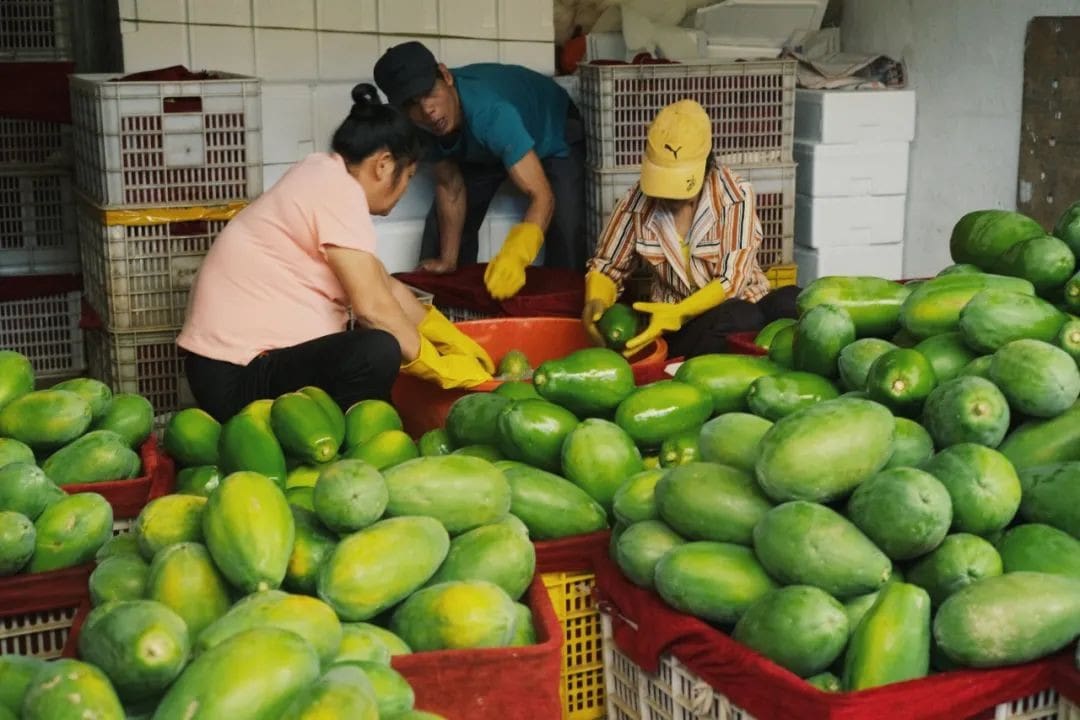
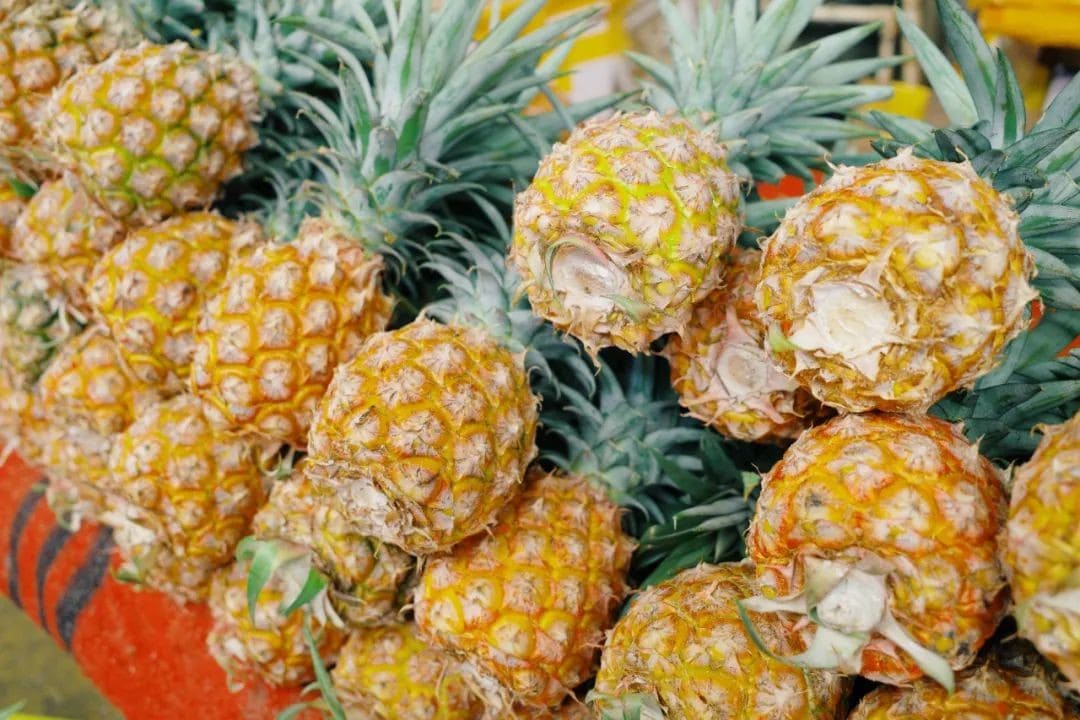
A year and a half later, I still love the North-South Fruit Market.
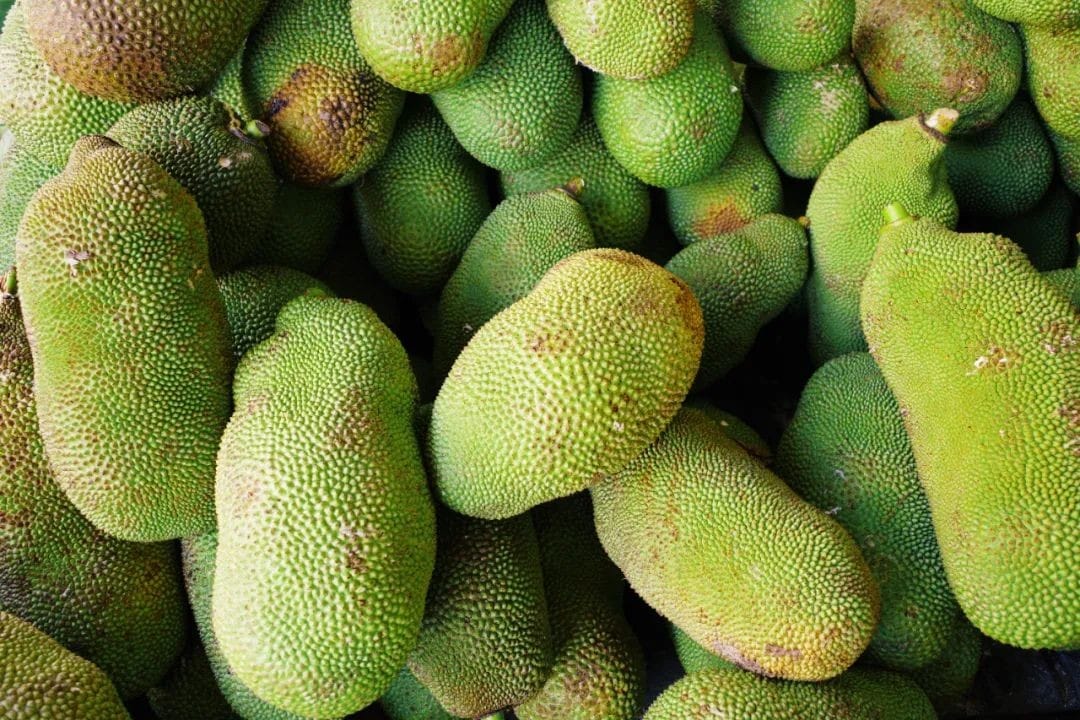
It is the largest fruit wholesale distribution center in Hainan and the largest wholesale market in the country for tropical specialty fruits.
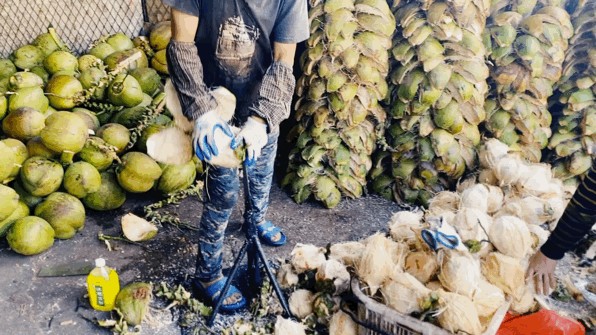
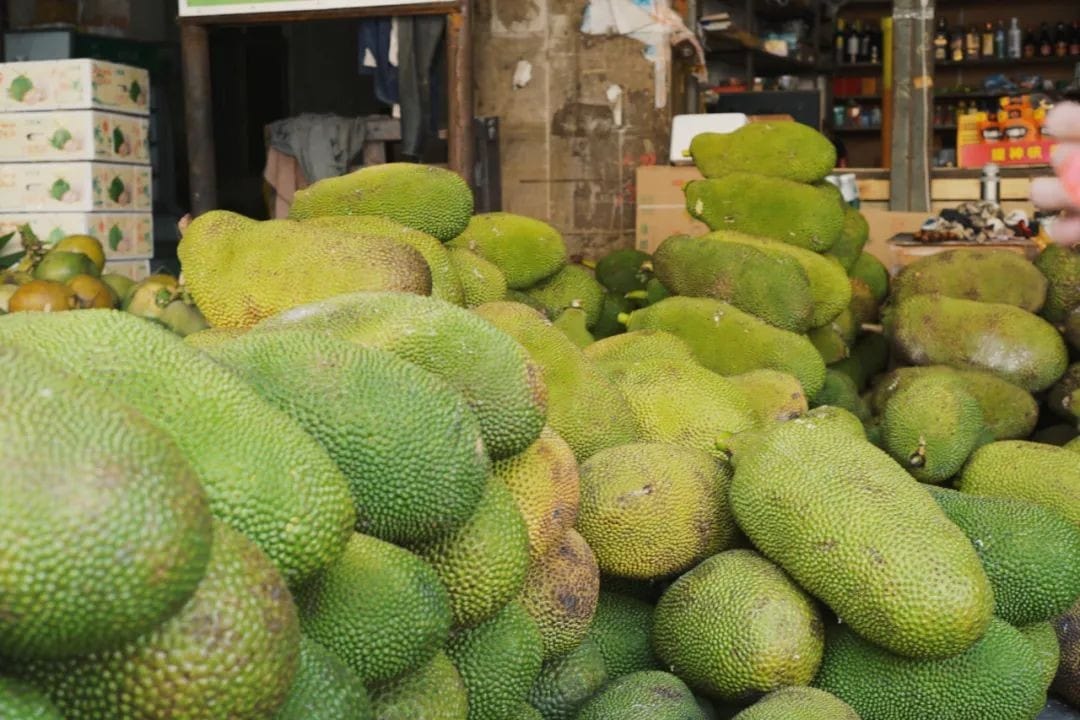
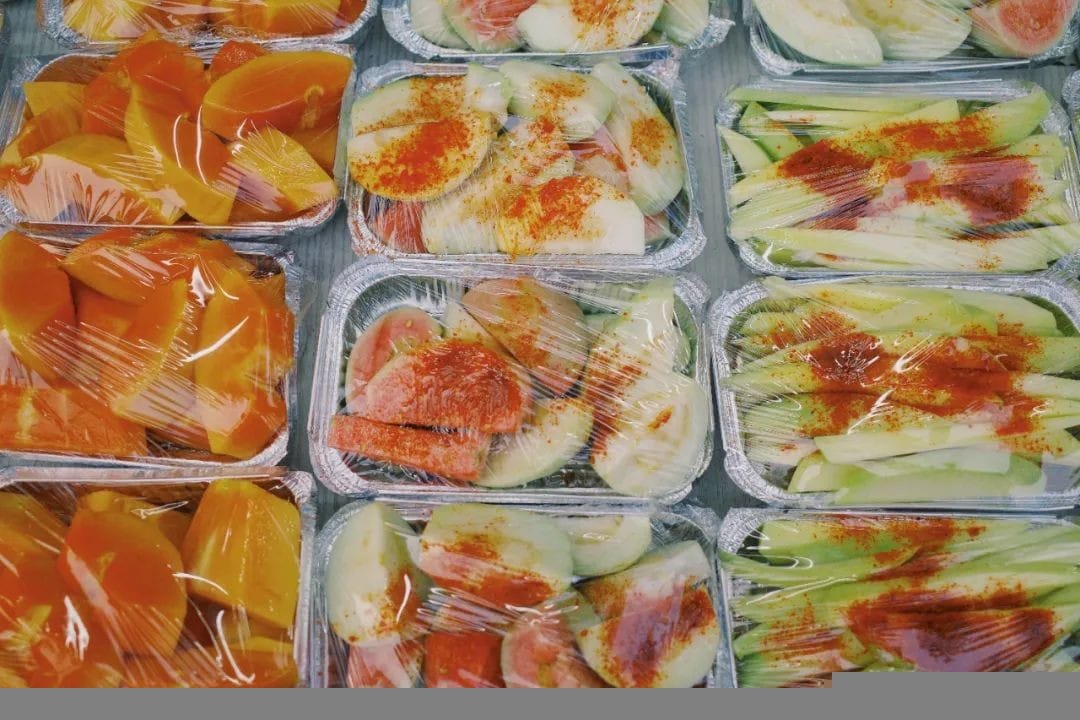
Although its main business is wholesale, it is actually very friendly to individual customers. There is a whole row of express delivery shops here, creating a scene of express delivery competition. Most fruits can be ordered online and delivered nationwide. You can easily buy fruits here and send them home or to the office to share with colleagues.
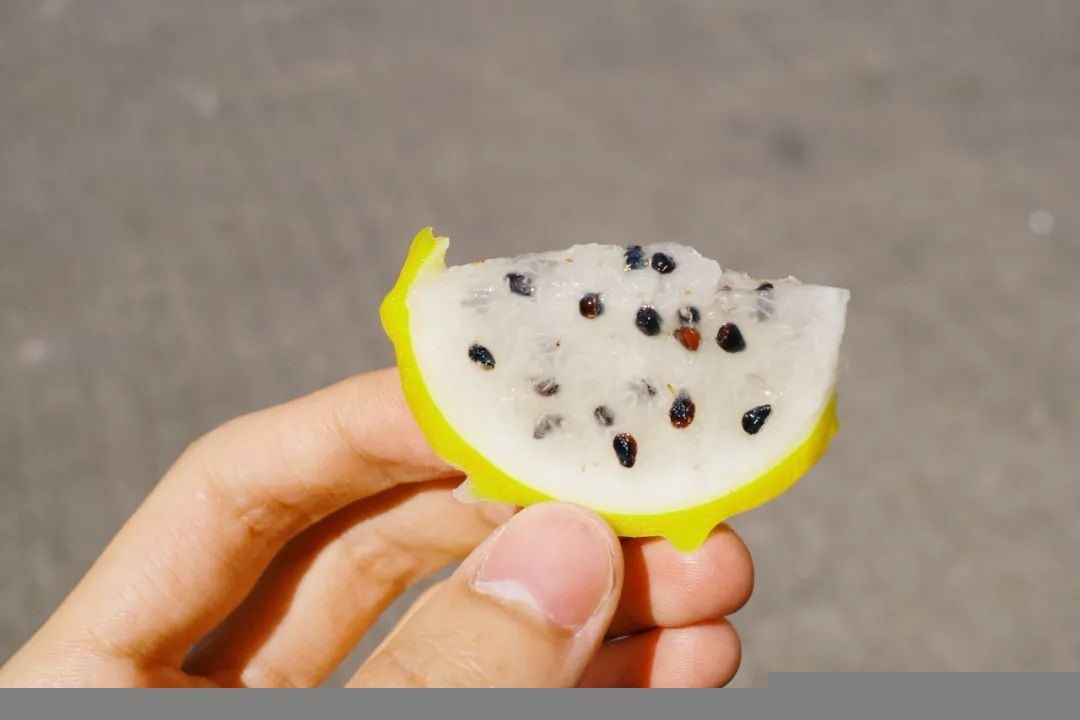
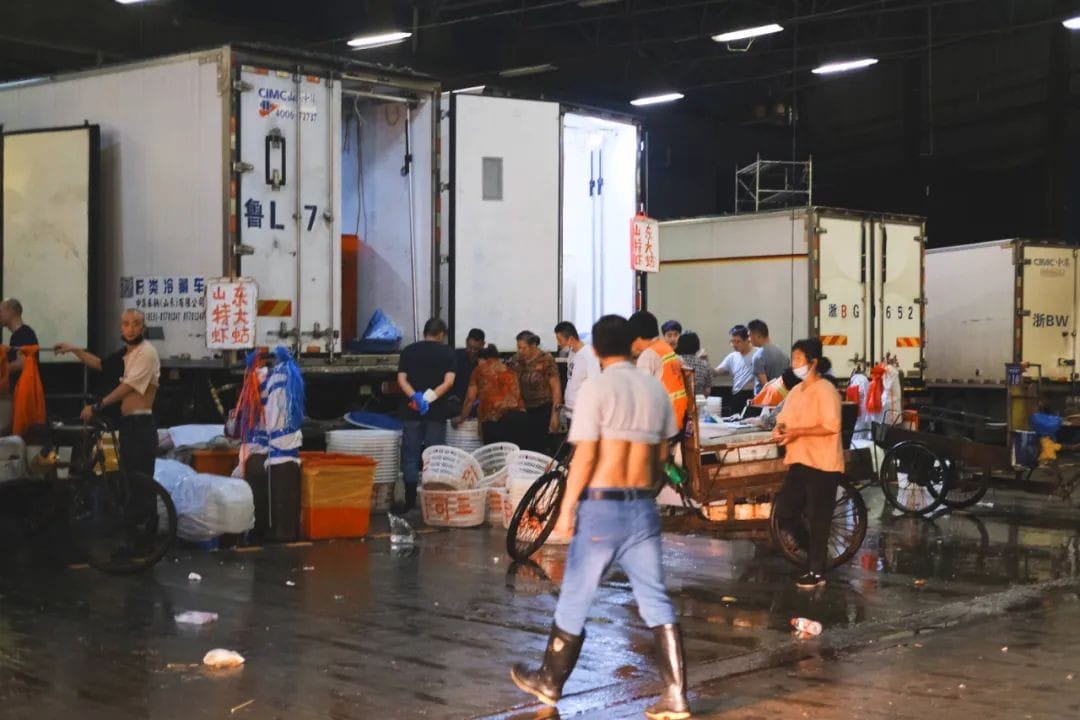
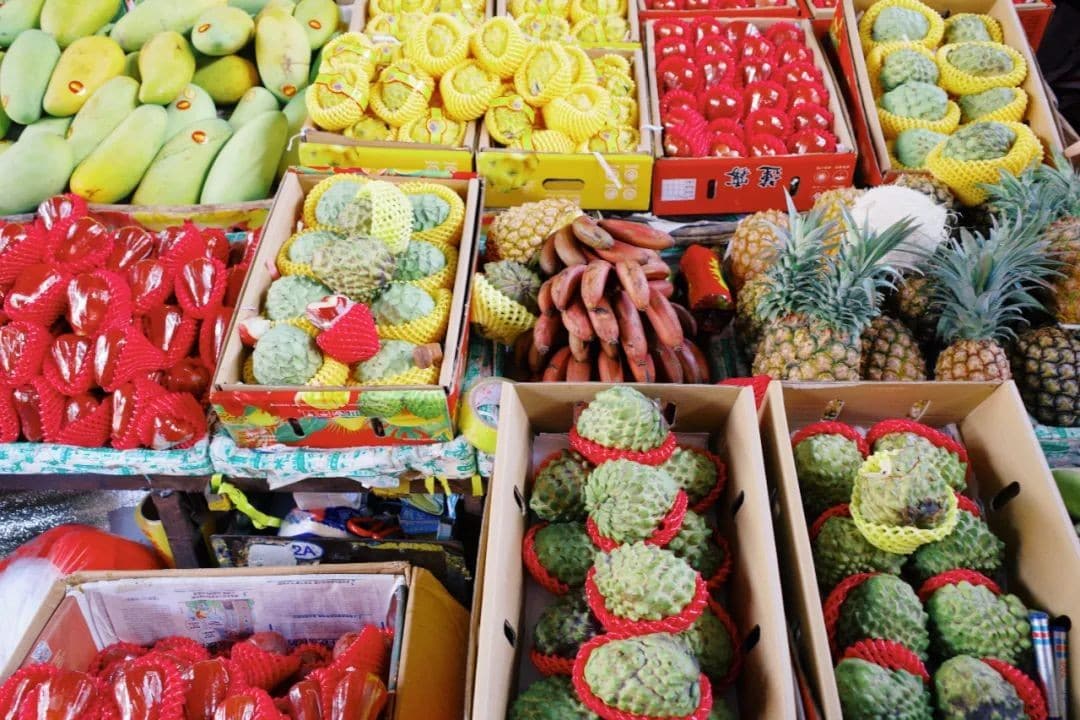
Of course, buying dozens of pounds of fruit here won’t cost you much. The fruits are incredibly cheap: 4J cherries for just over 30 yuan, coconuts for 4 yuan each, mangoes for 3 yuan per jin, papayas for 2 yuan per jin… what kind of divine prices are these?
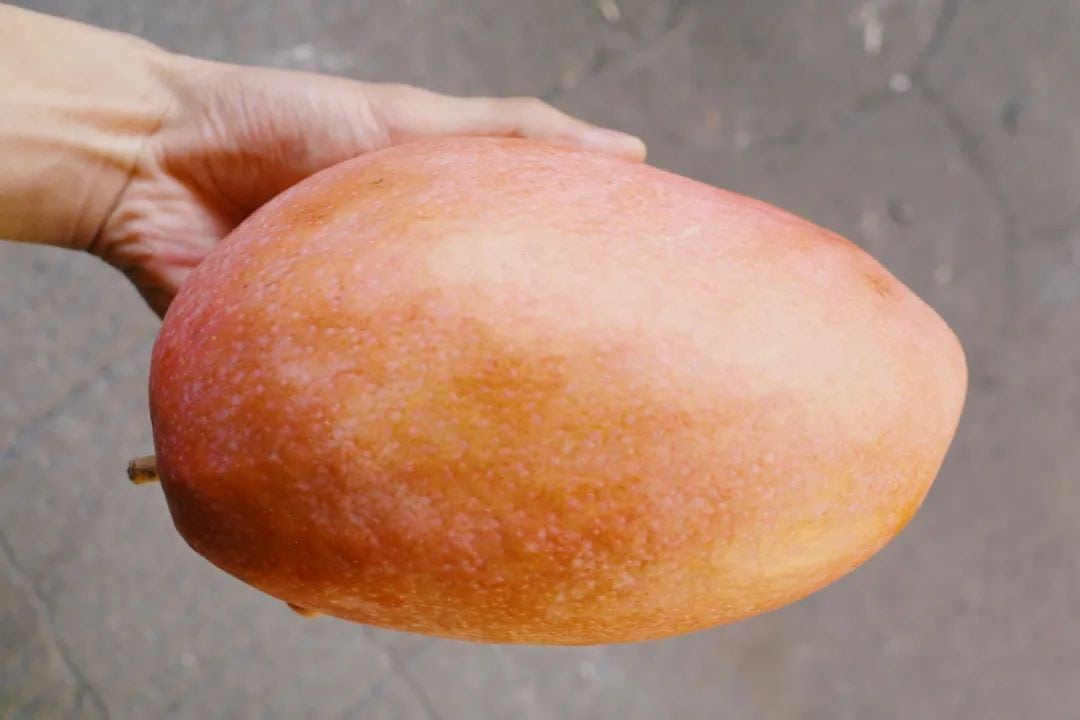
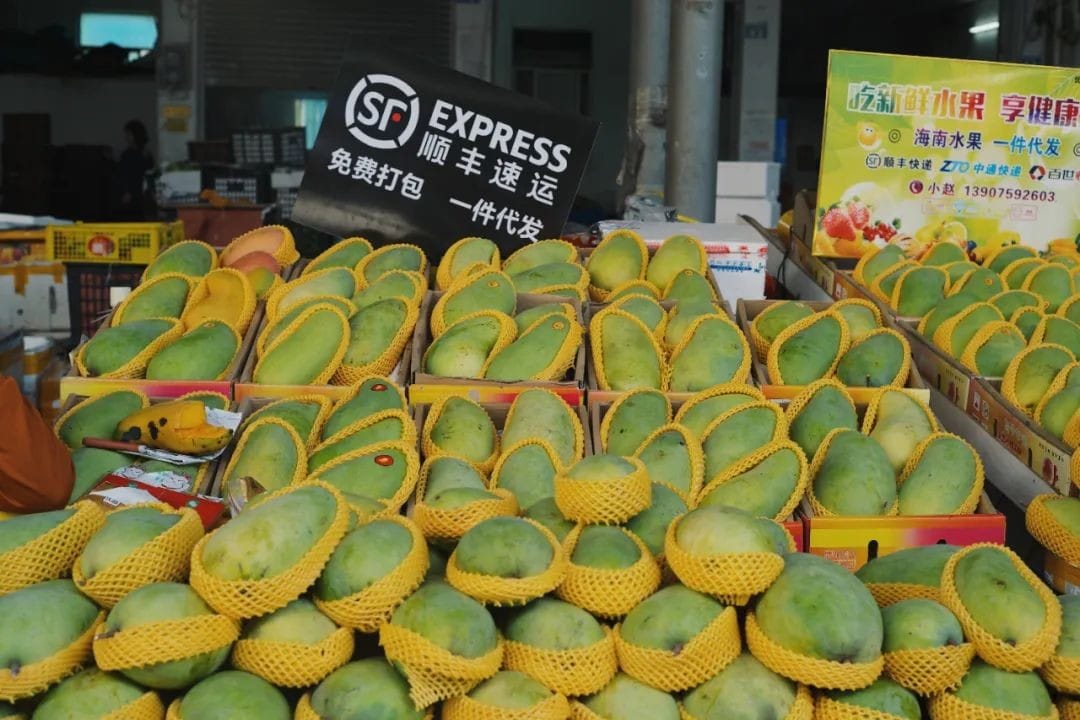
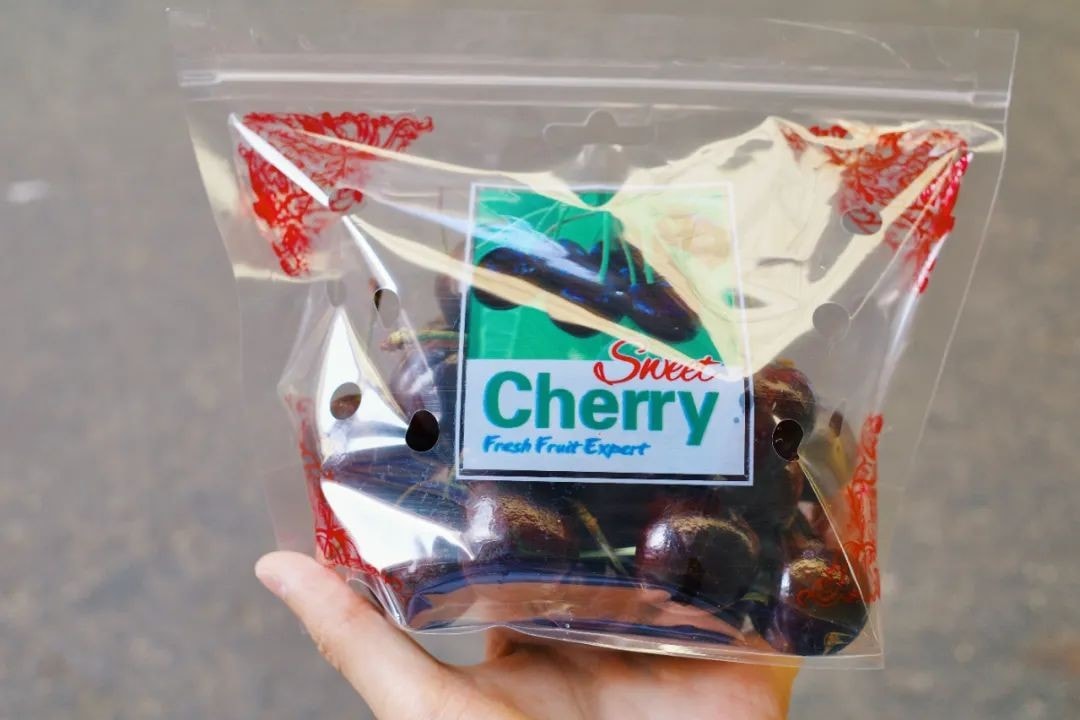
Some restaurants and milk tea shops in the city can also directly source from suppliers here for long-term supply. Even with shipping costs, the prices are cheaper than buying at local markets or supermarkets.
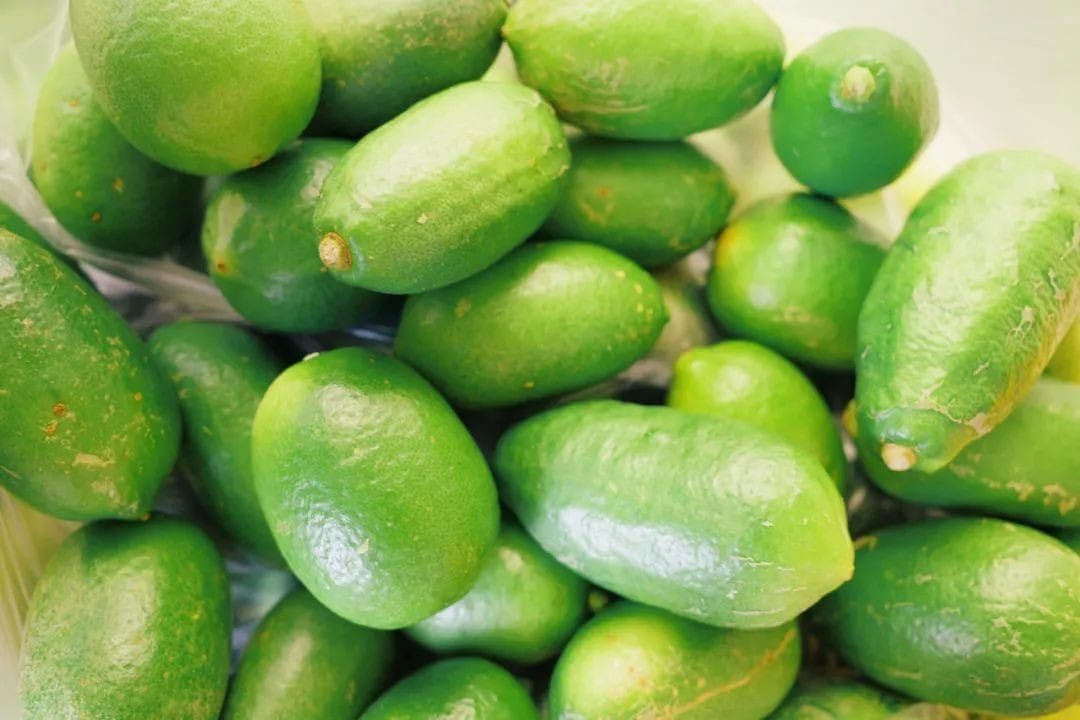
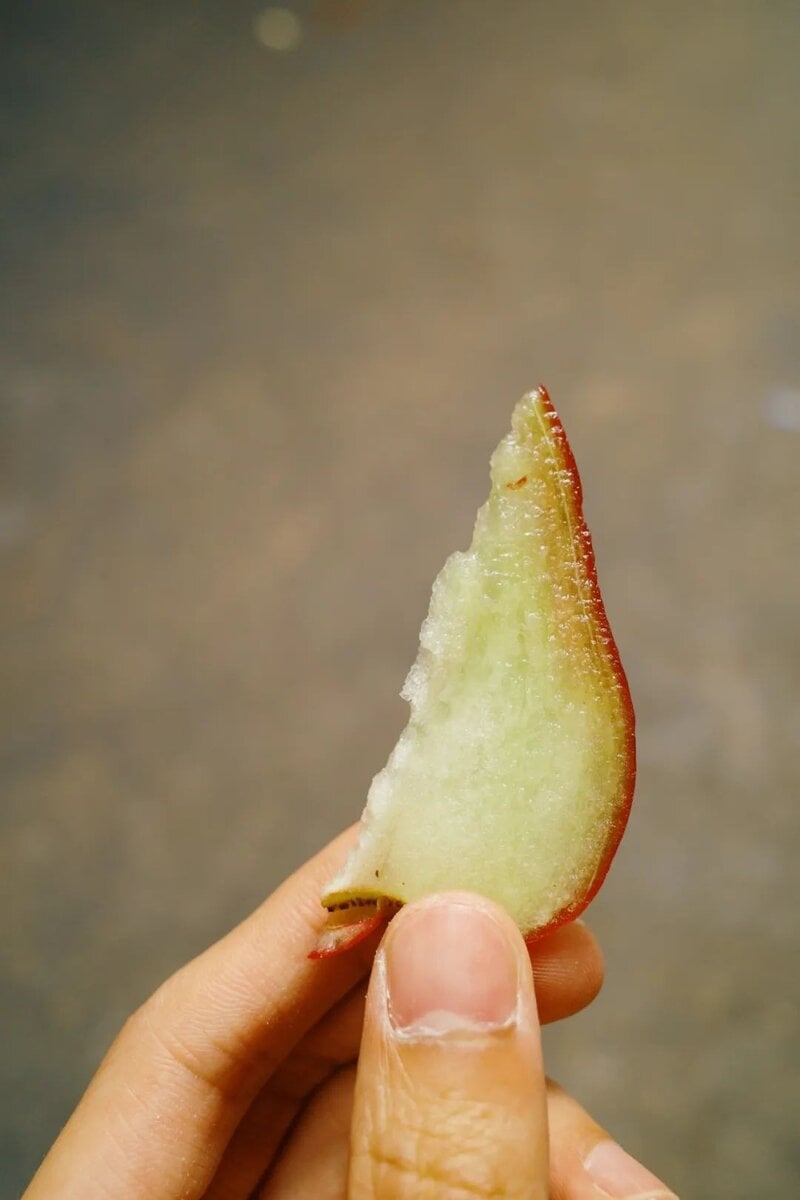
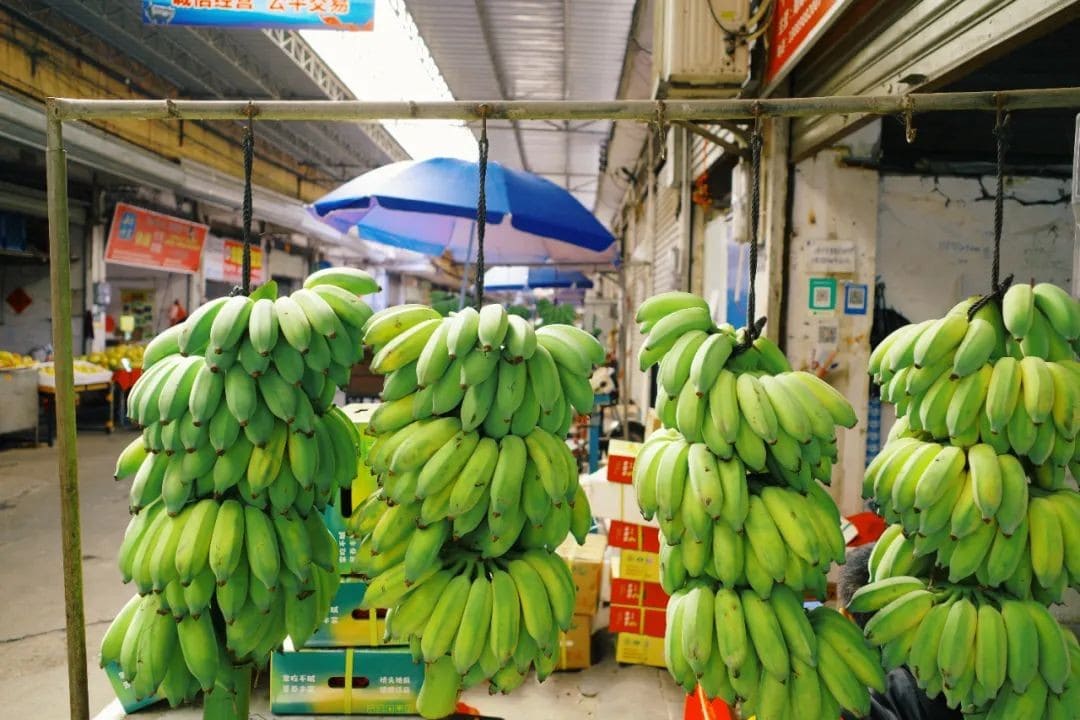
More importantly, the quality of local fruits here is quite good, as the abundant sunlight and low air pollution make the tropical fruits taste quite delicate.

Due to the competition among fruits, the express delivery fees are also not expensive. Generally, it’s 2 yuan per jin for Jiangsu, Zhejiang, and Shanghai, and 3 yuan per jin for the northwest and northeast.
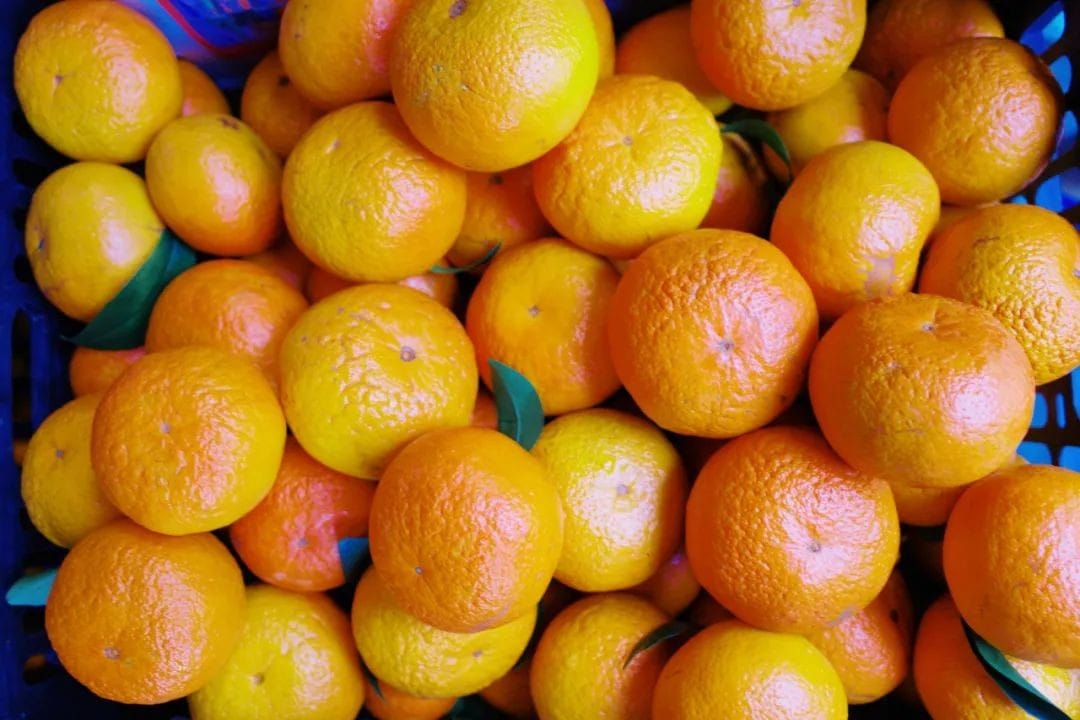
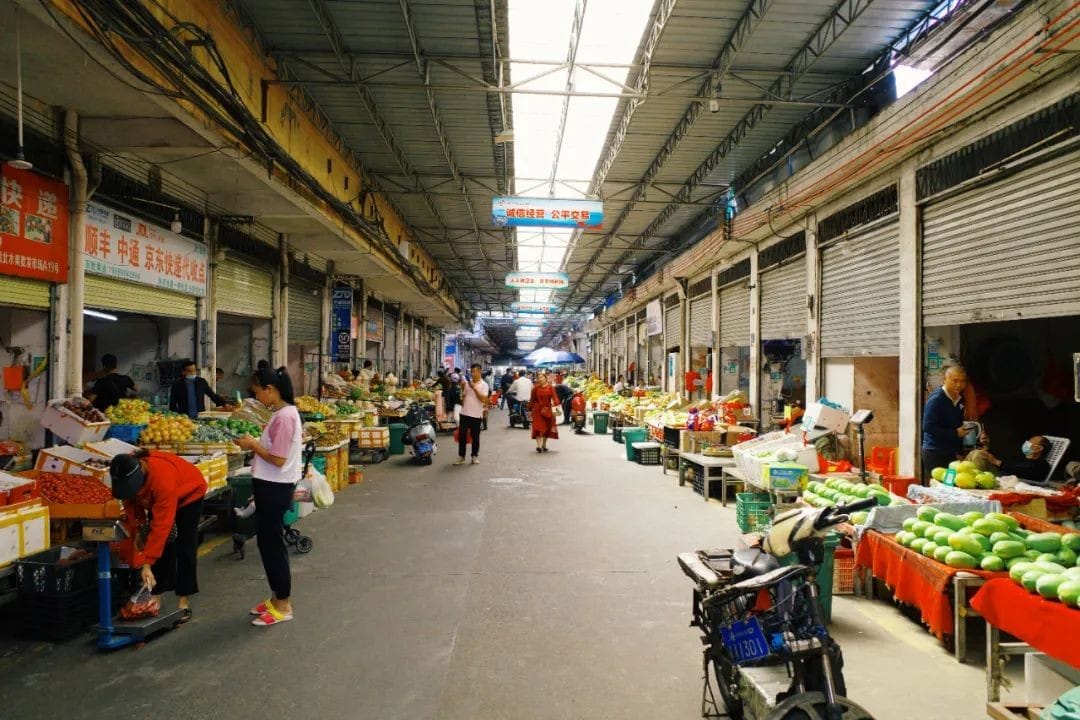
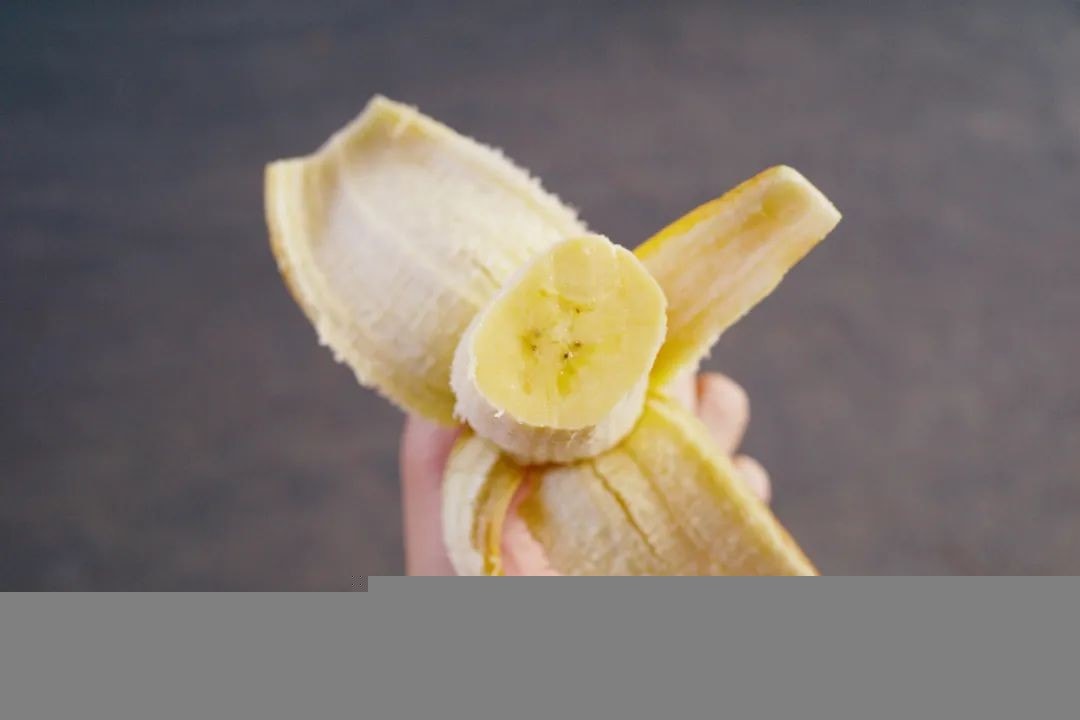
Not only can you buy fruits here, but it’s also like visiting a “fruit museum.” Various fruits, both familiar and unfamiliar, are piled into mountains. I felt like I had arrived at Sun Wukong’s Huaguo Mountain, where the monkeys could eat for a year without finishing the fruits.
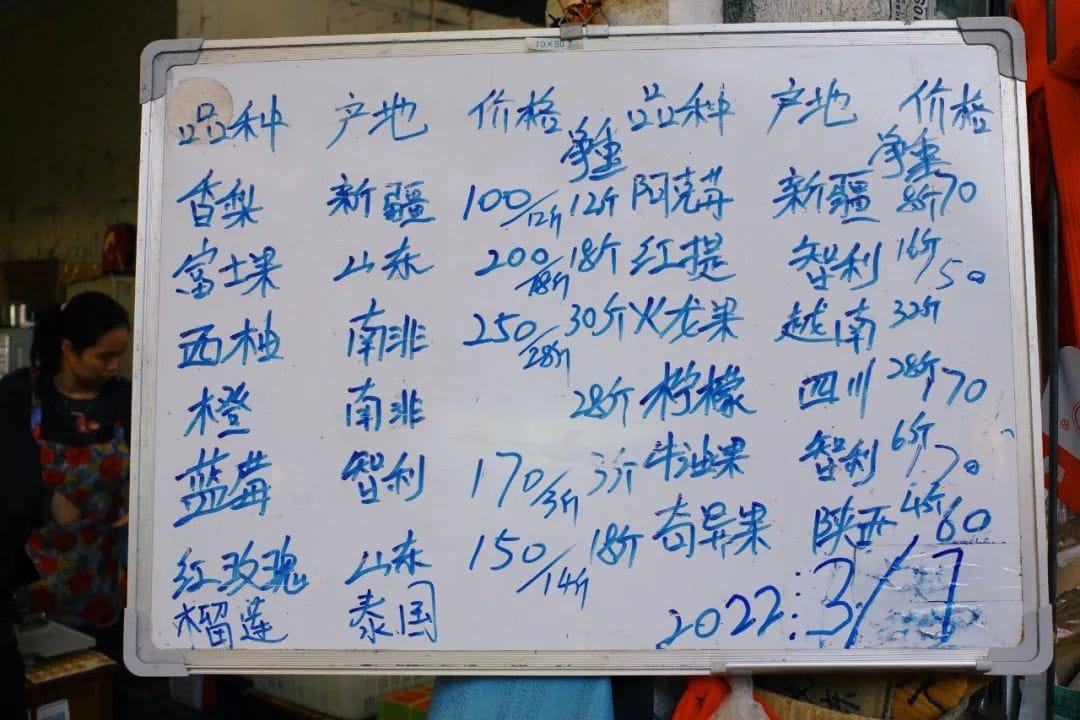
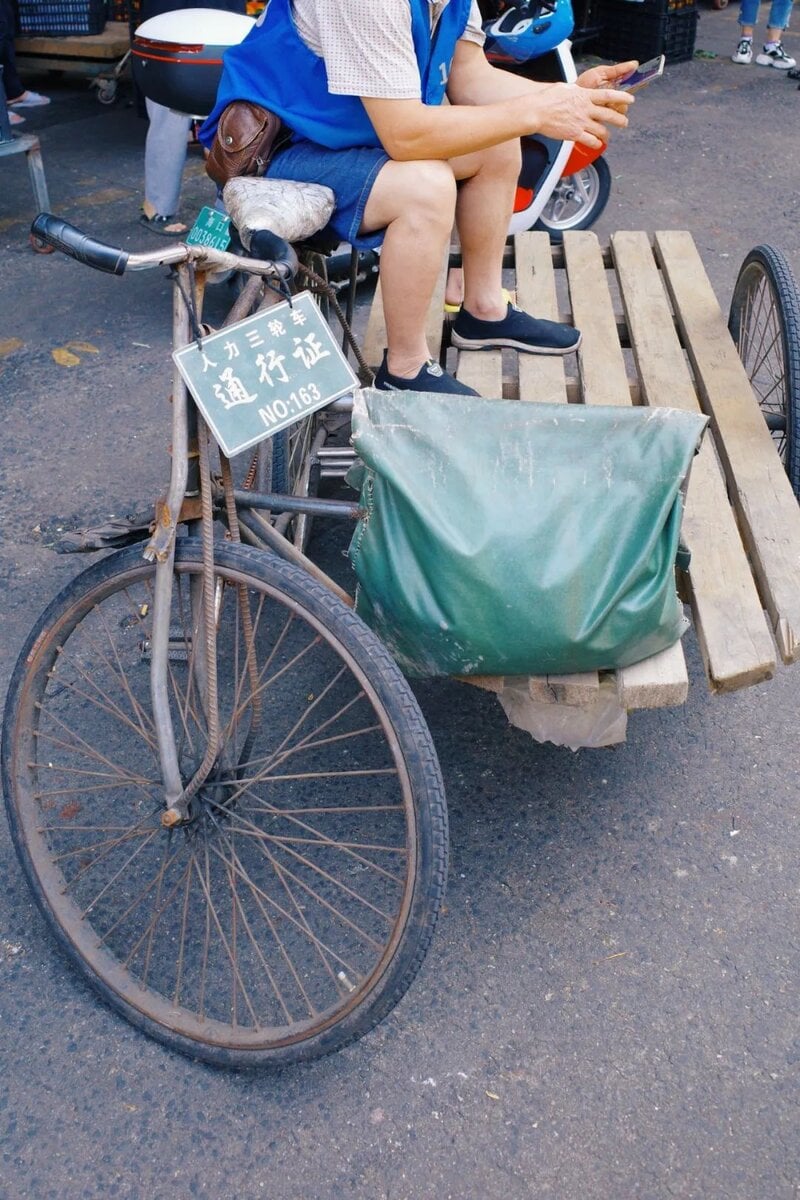
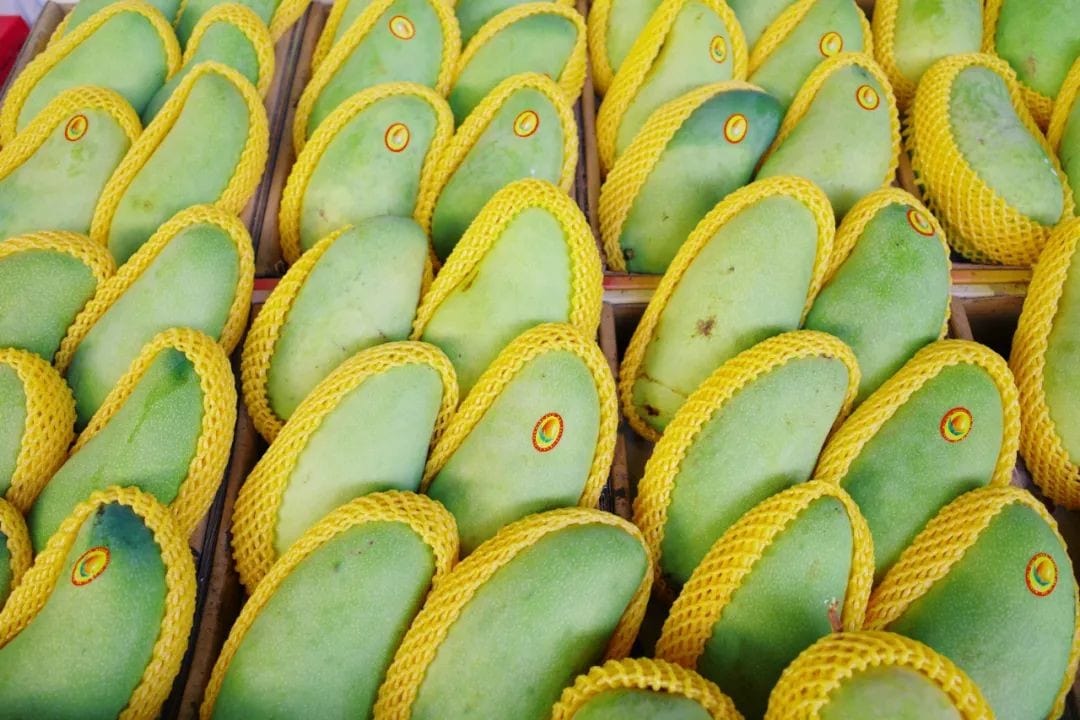
The style of the North-South Fruit Market is very old-school. As soon as you arrive at the entrance of the North-South Fruit Market, you can see two rows of large trucks on either side. These trucks carry fruits from all over the world, and in terms of freshness, they are top-notch.
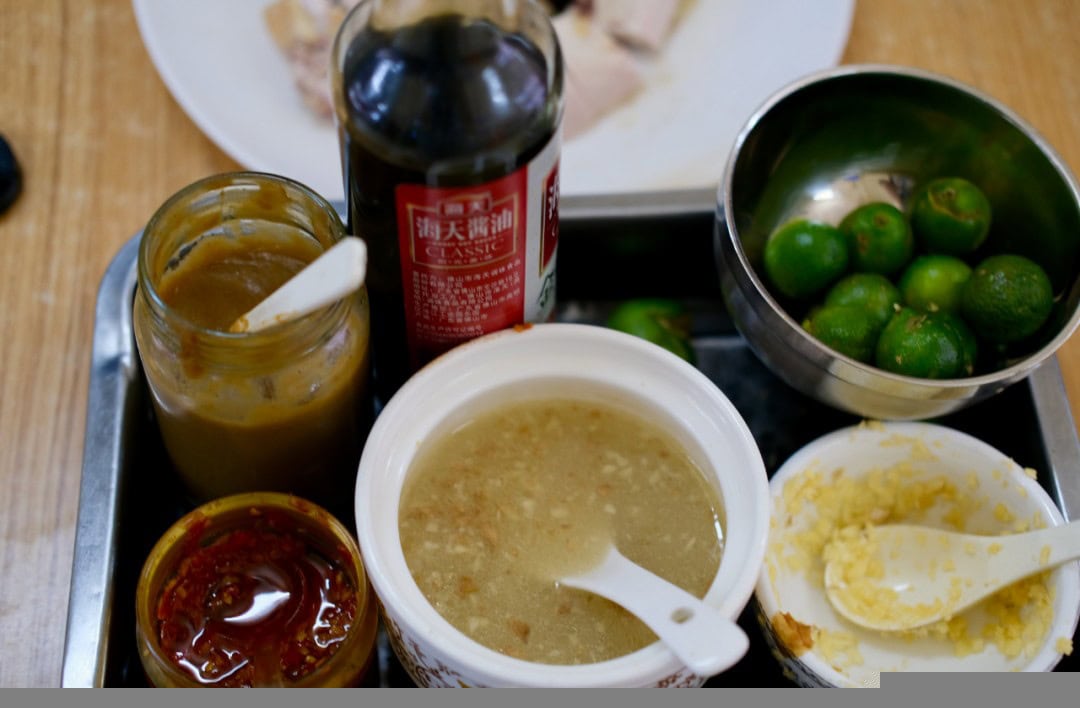
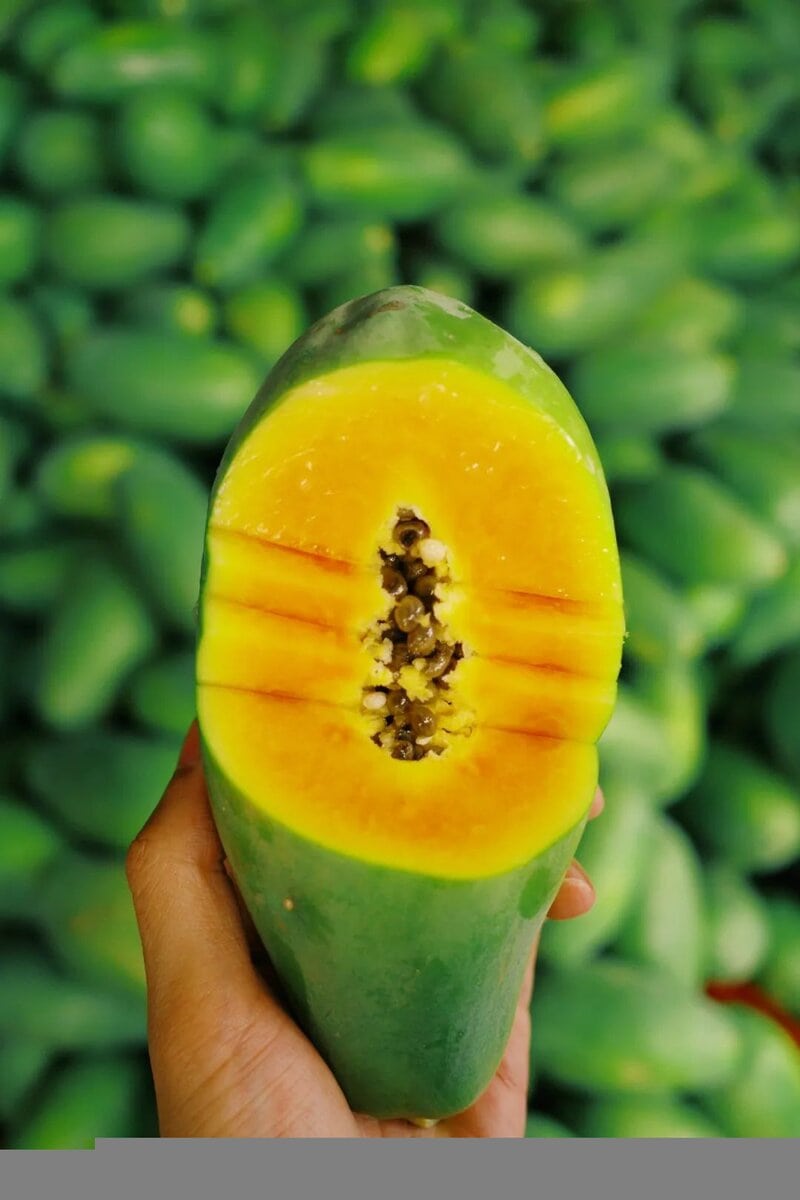
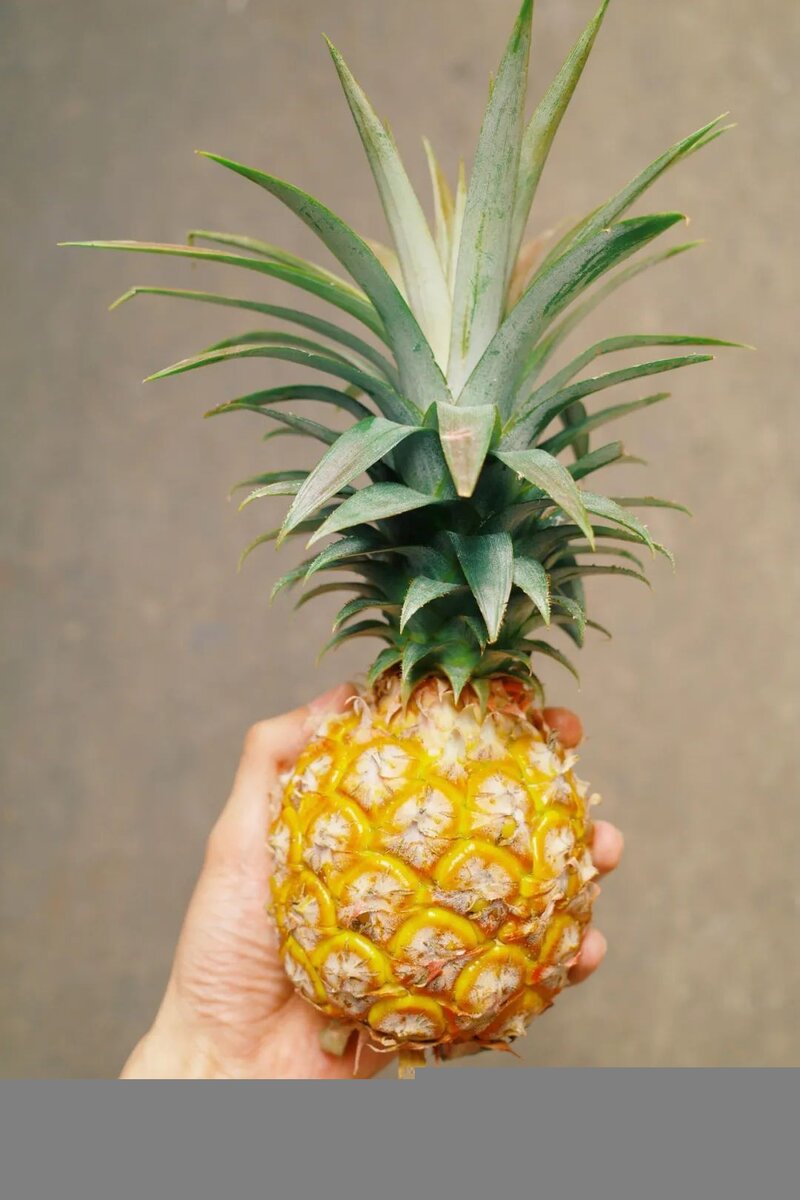
In front of the trucks are “wild stalls,” where the bosses guard their stalls, and tricycle drivers wait for “transport orders.”
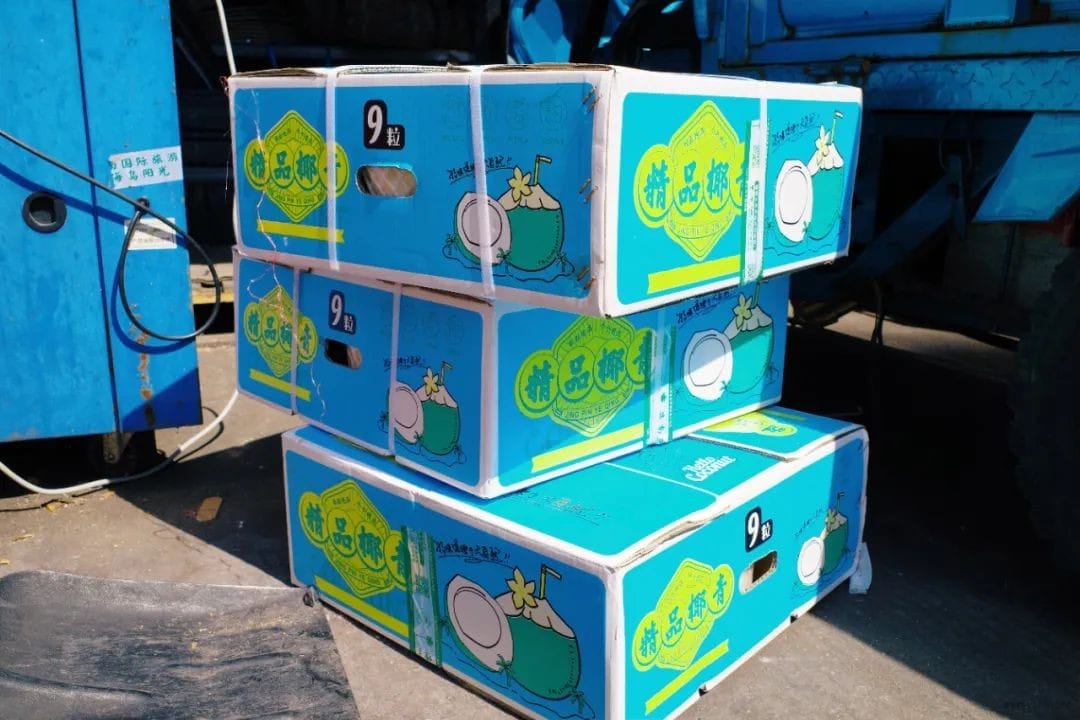
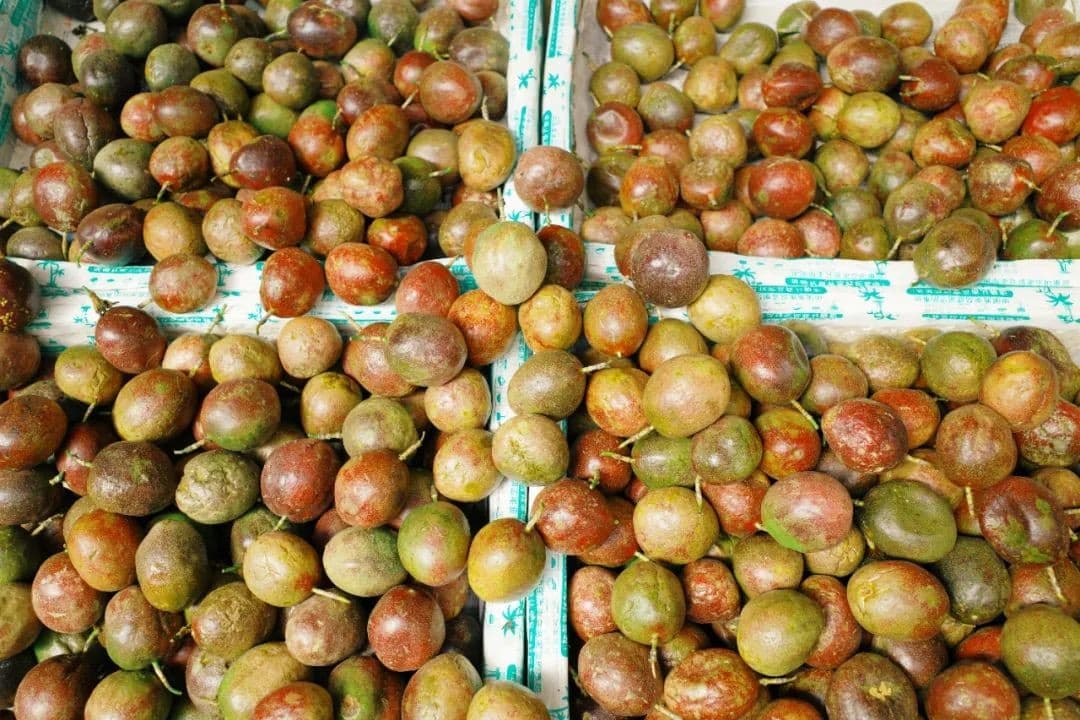
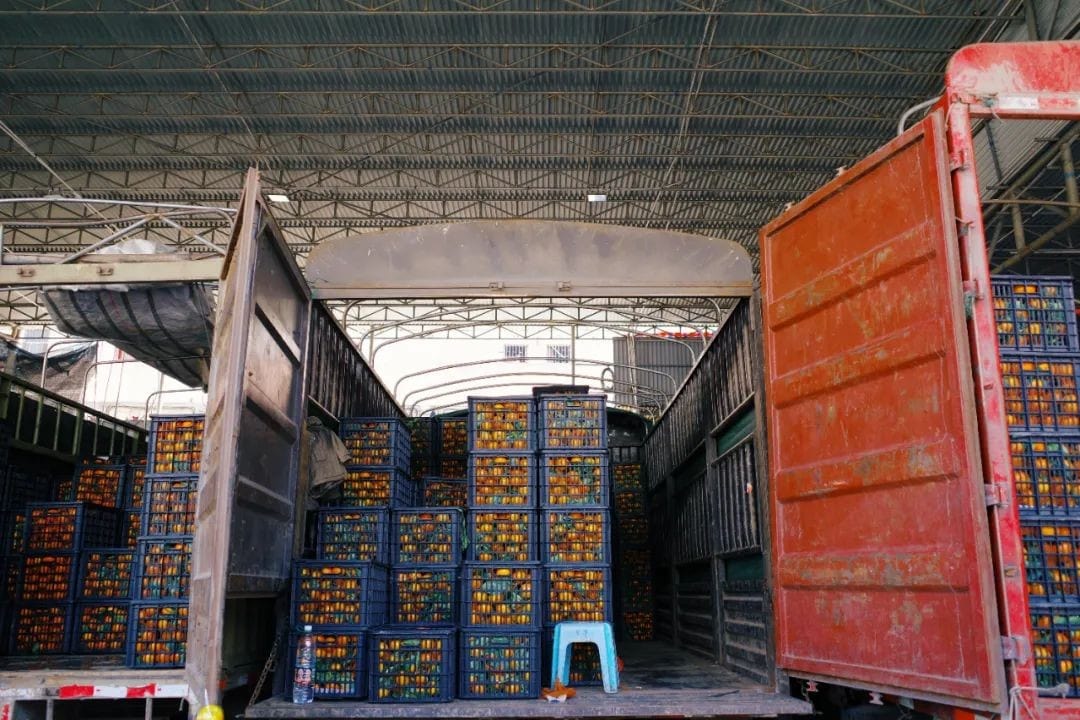
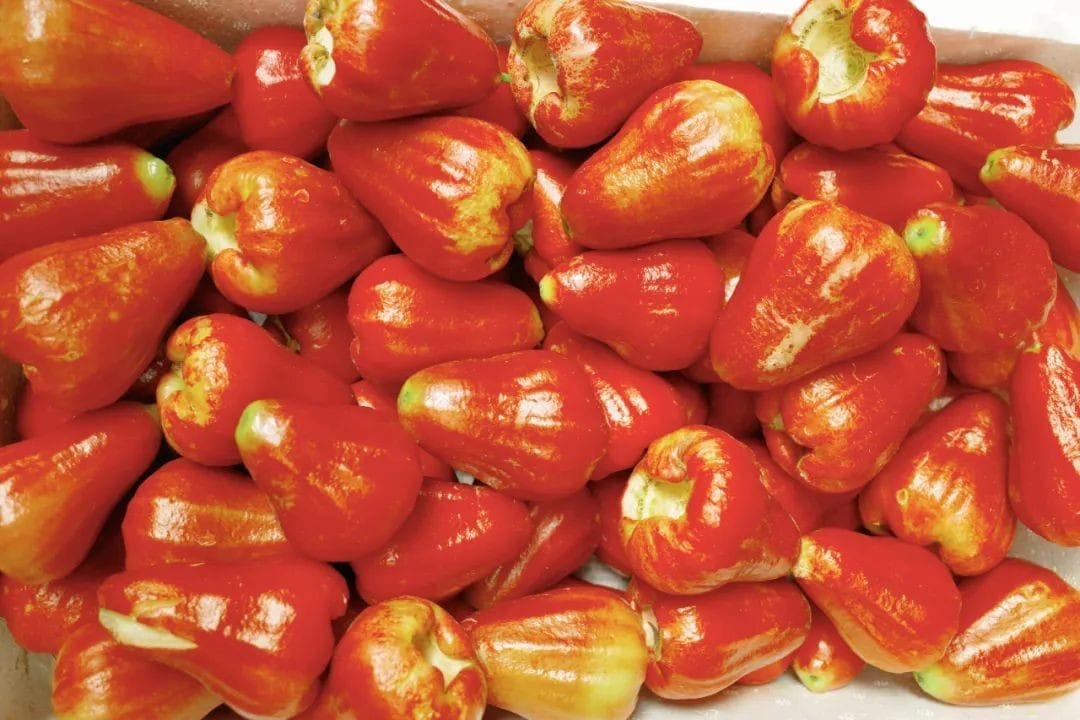
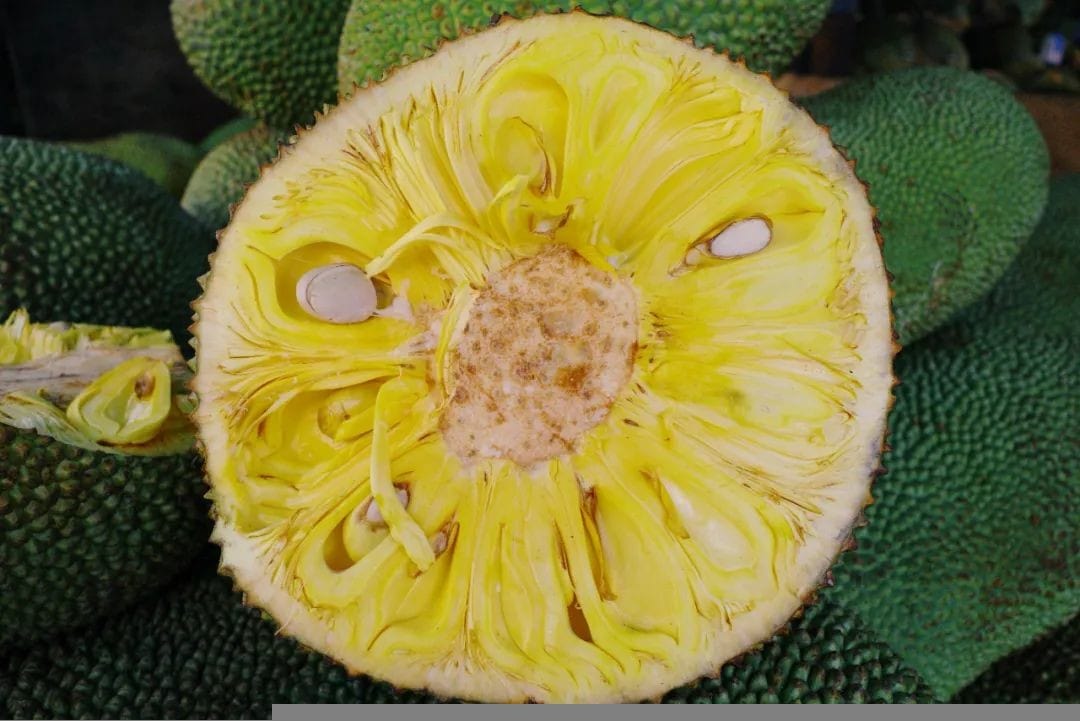
As someone from Yiwu, this scene is all too familiar to me. Stalls, wholesale customers, individual customers, and freight drivers come and go in the market, creating a lively trading scene.
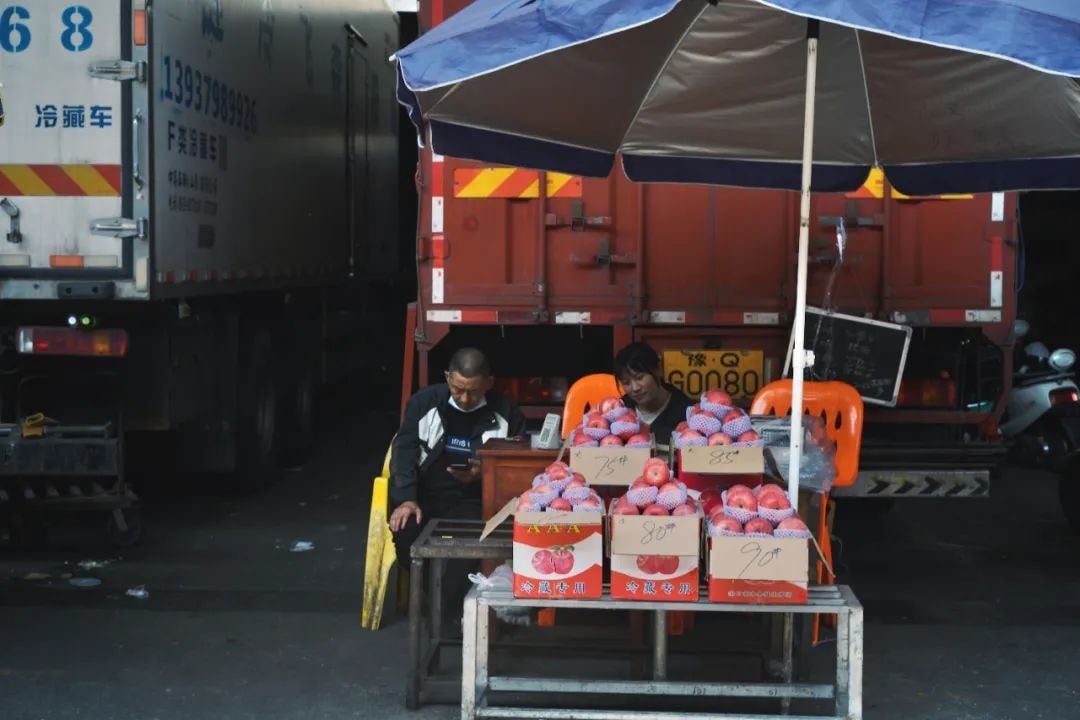
But what sets it apart from markets in Jiangsu, Zhejiang, and Shanghai is that it seems indifferent to the lively form of “live streaming.” People here still conduct business in relatively traditional ways, although express logistics are quite developed.
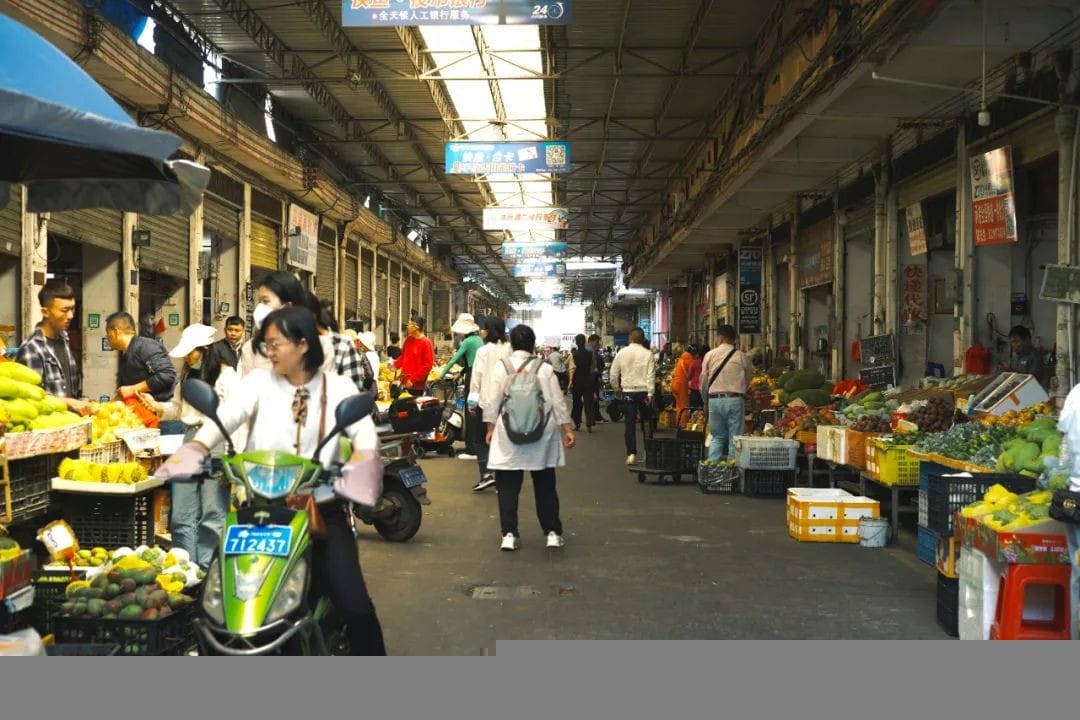
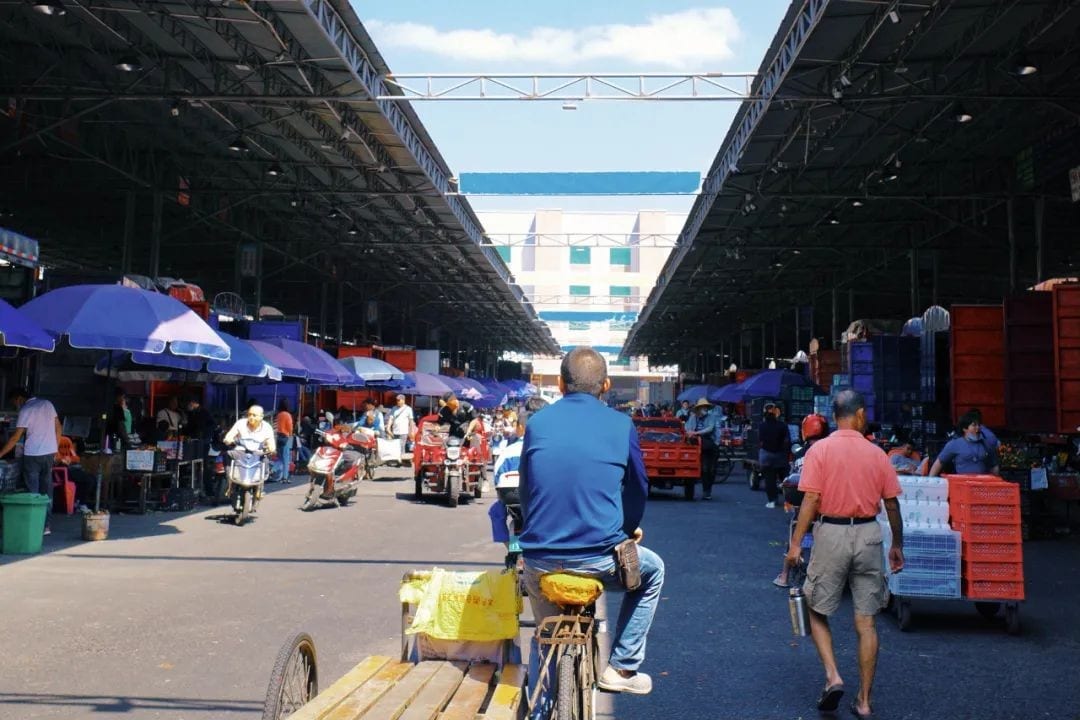
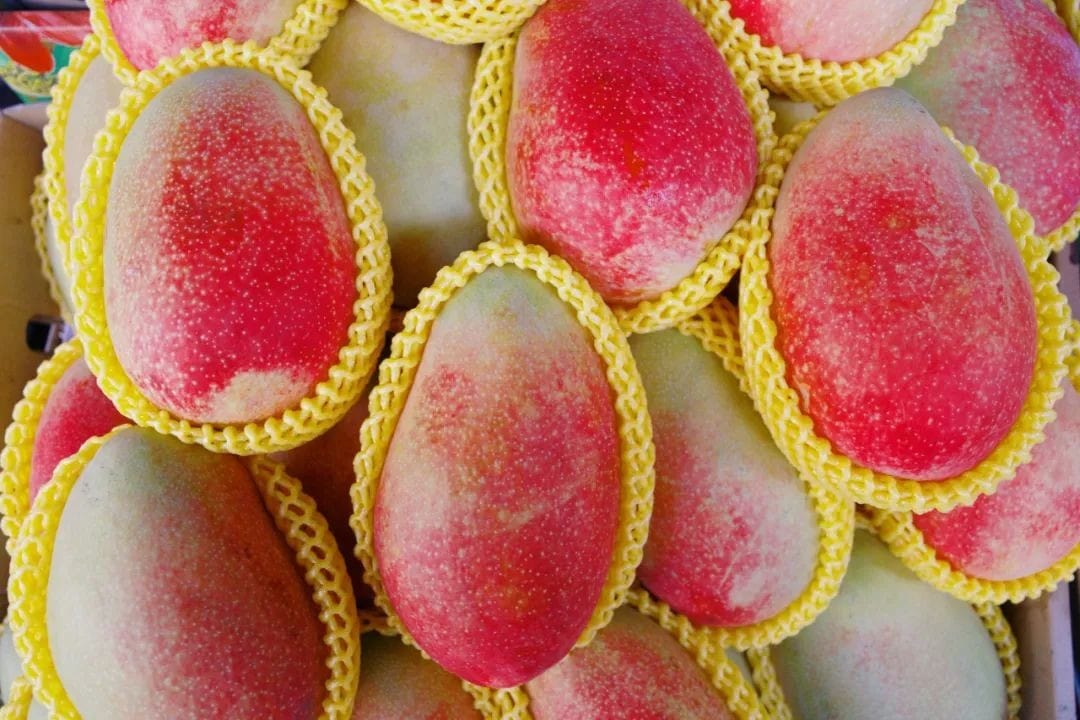
It also reminds me of the “Lulin Market” in Ningbo, where trucks serve as on-site warehouses, and each stall competes in “freshness.” Wholesalers and individual customers here all sharpen their eyes and take home their favorite fruits.
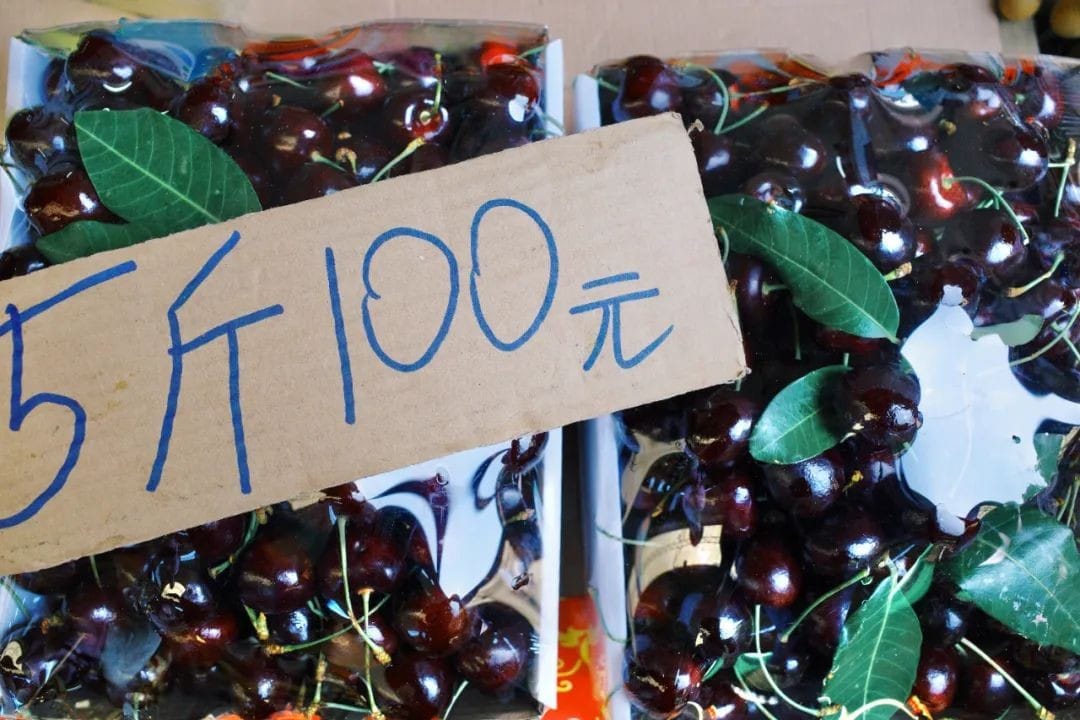
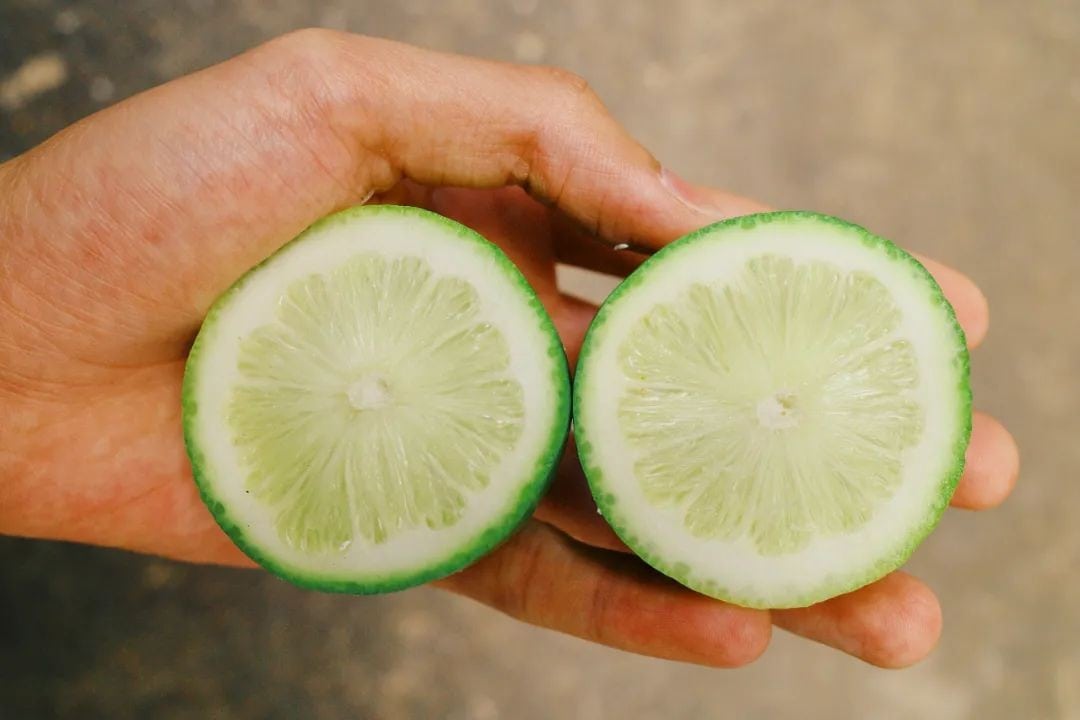
Ningbo Lulin Market ↑
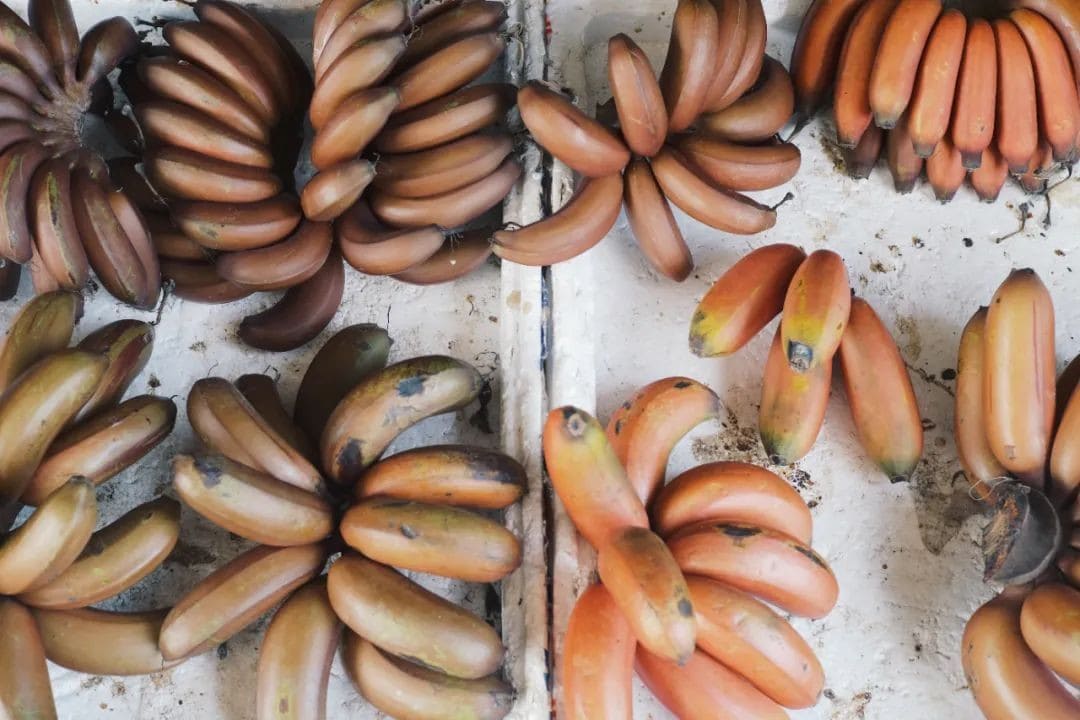
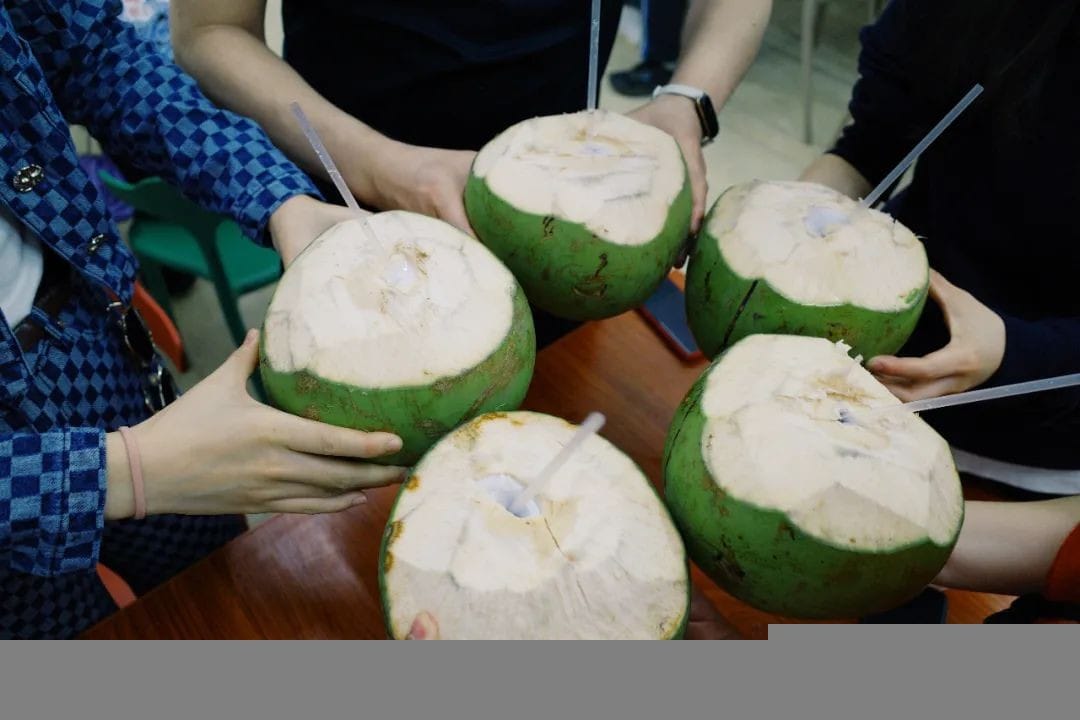
North-South Fruit Market ↑
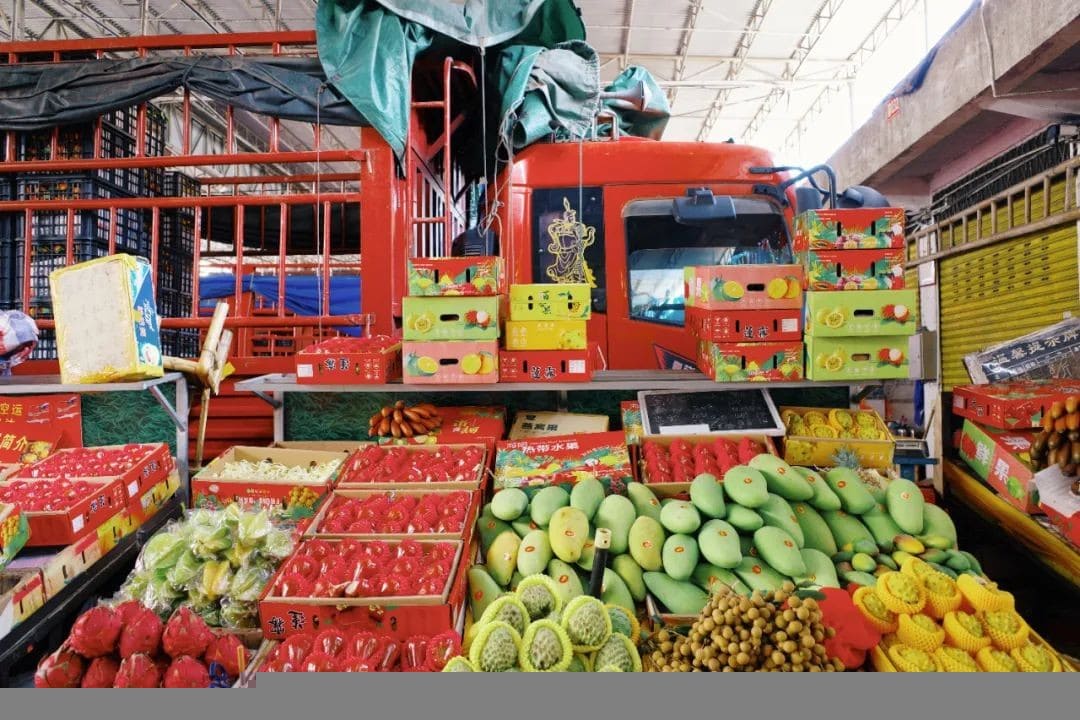
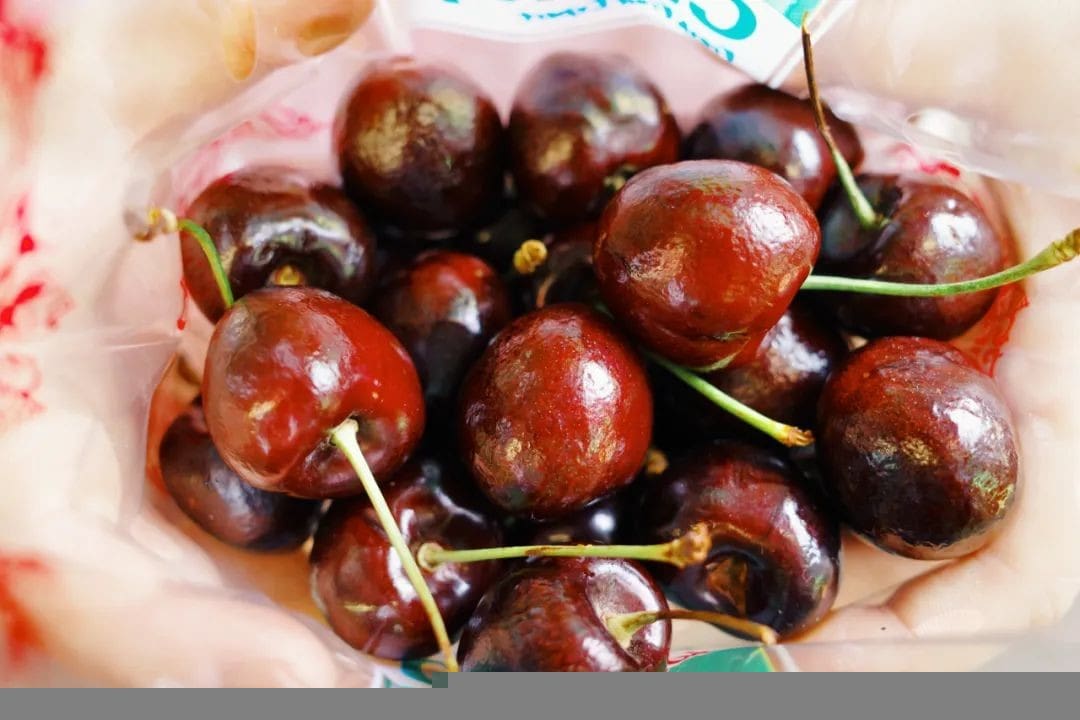
🥭 Mango Metaverse 🥭
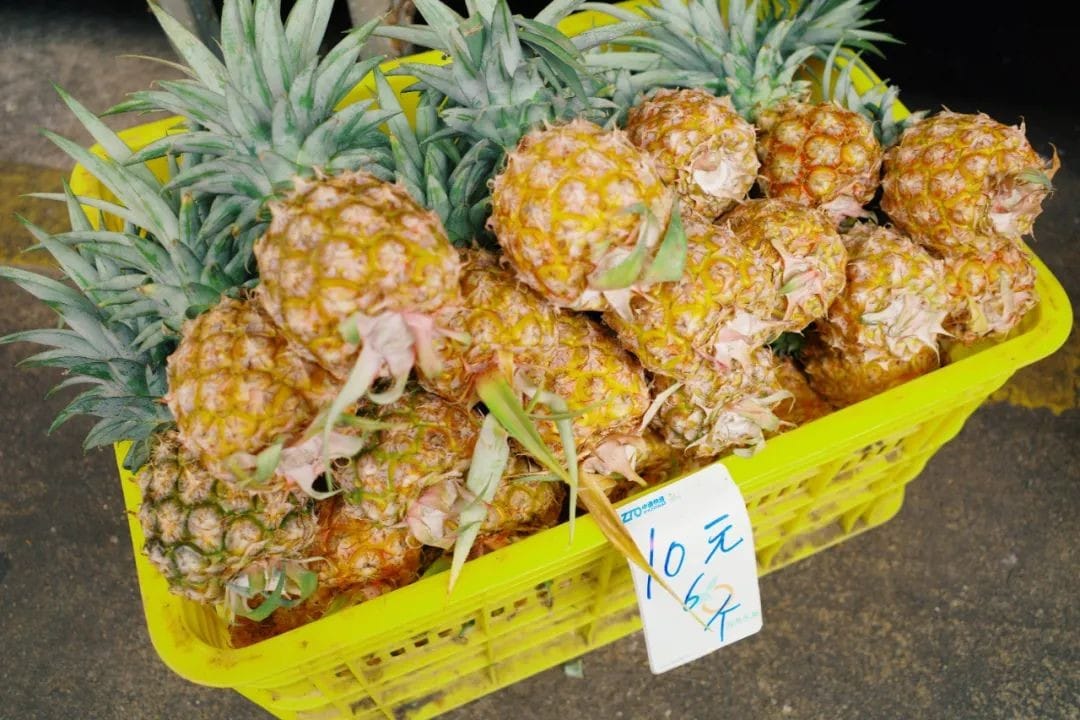
💰: 2 yuan to 5 yuan per jin
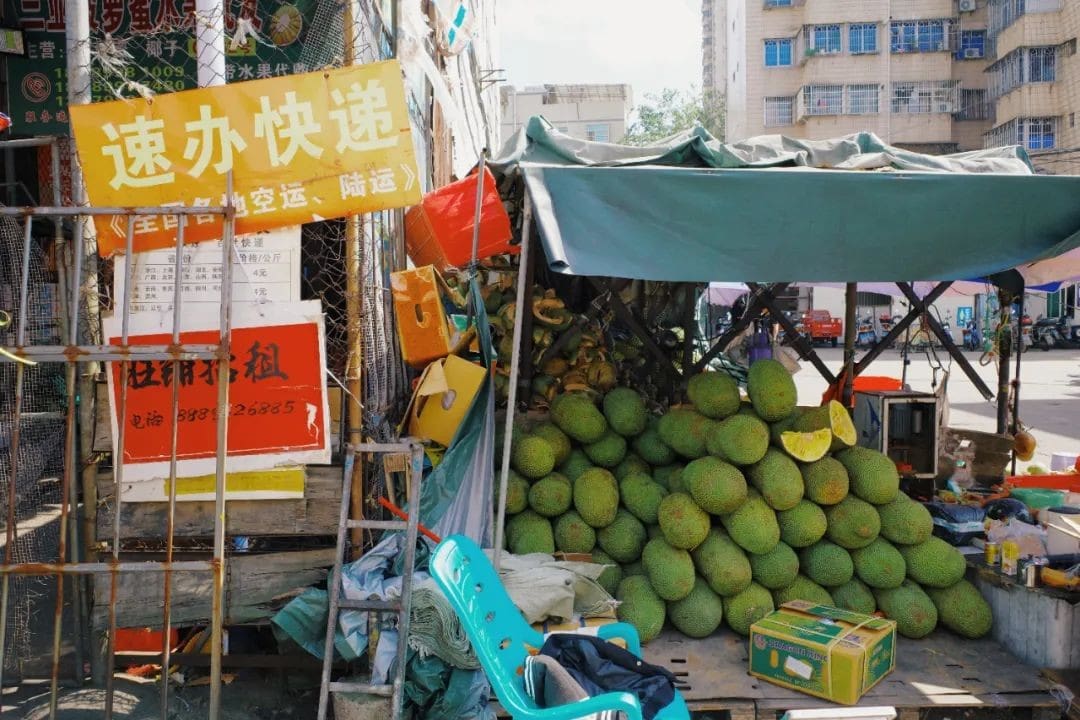
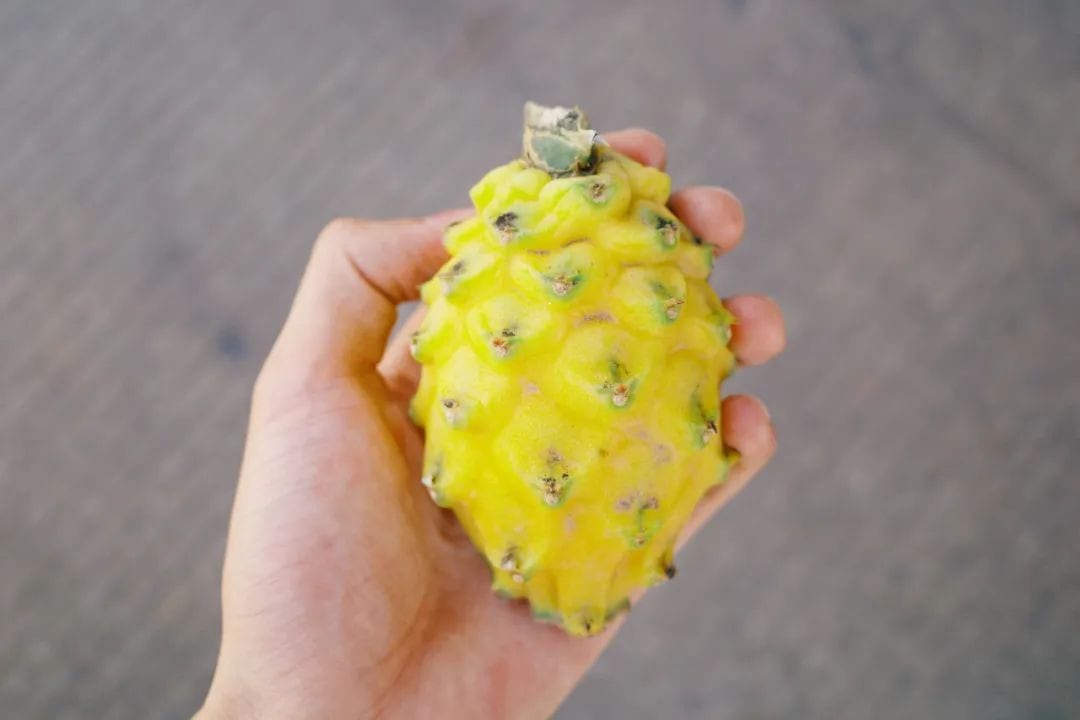
Due to the vast variety and quantity of mangoes, the North-South Fruit Market has specially set up a “Mango Zone” where I witnessed the largest number of mangoes I have ever seen in my life.
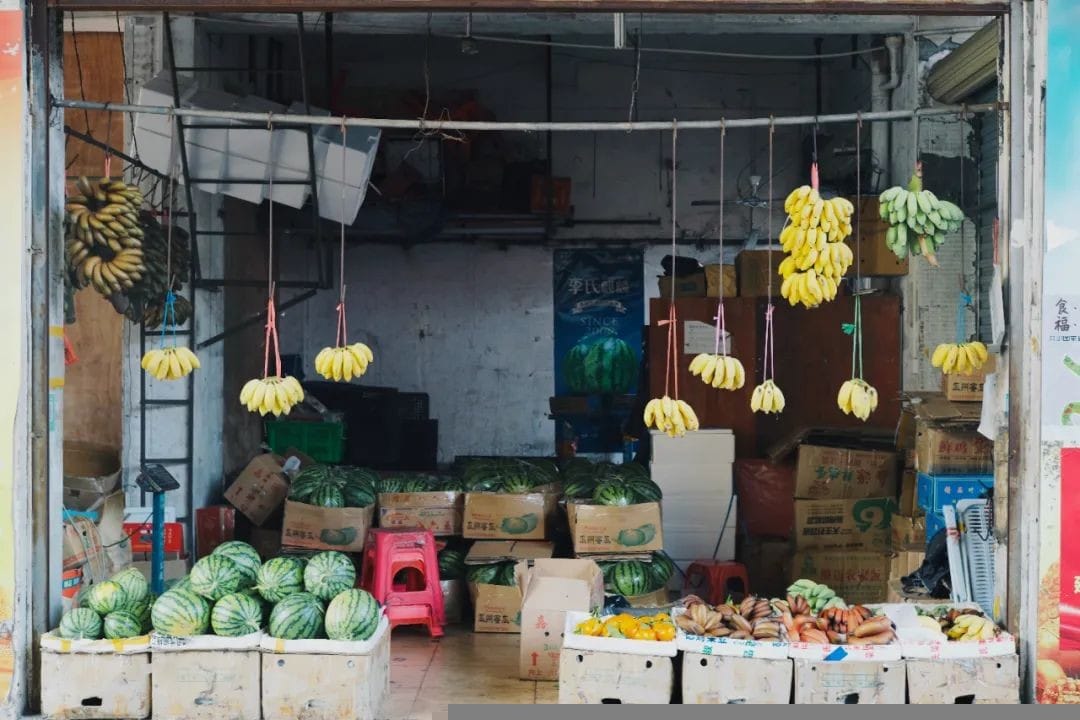
Hainan boasts many types of mangoes: Ivory Mango, White Jade Mango, Green Skin Mango, Lv Song Mango, Egg Mango… These are rare varieties on the mainland.
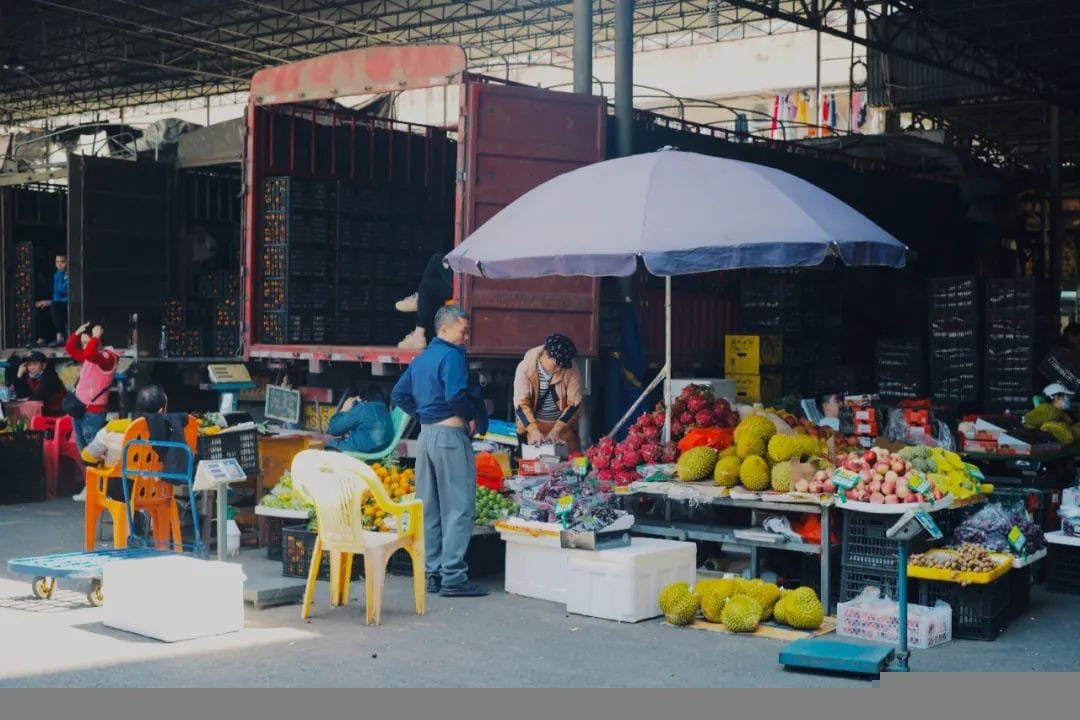
This is also the earliest place in the country where you can enjoy ripe mangoes, with the best tasting period being from January to May.
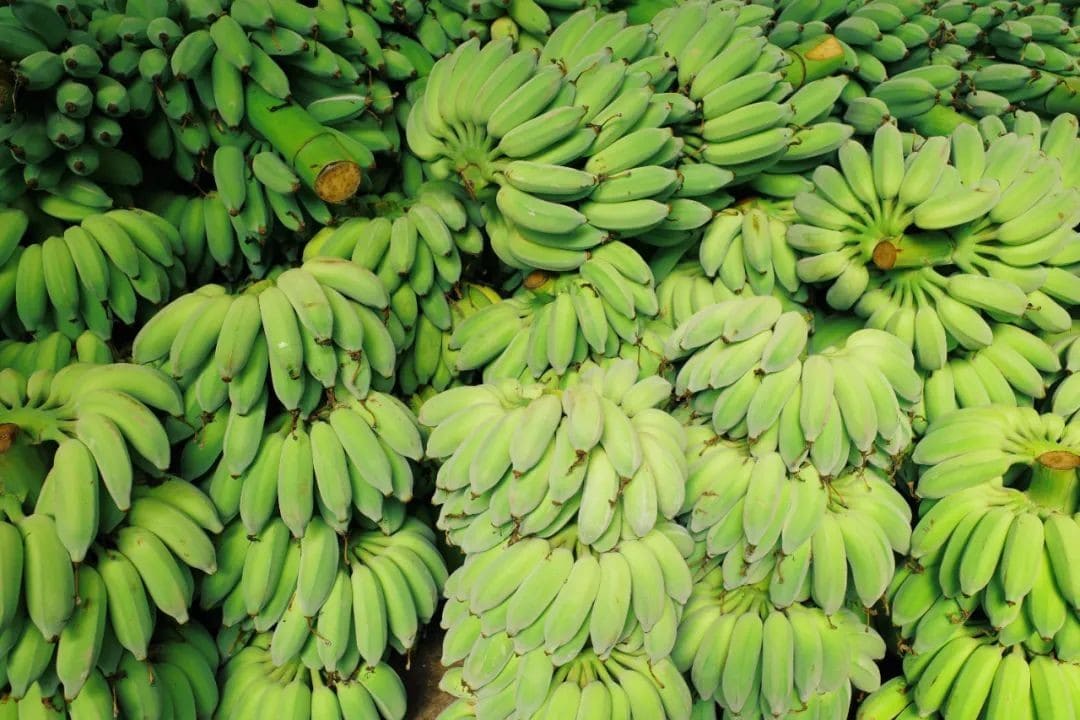
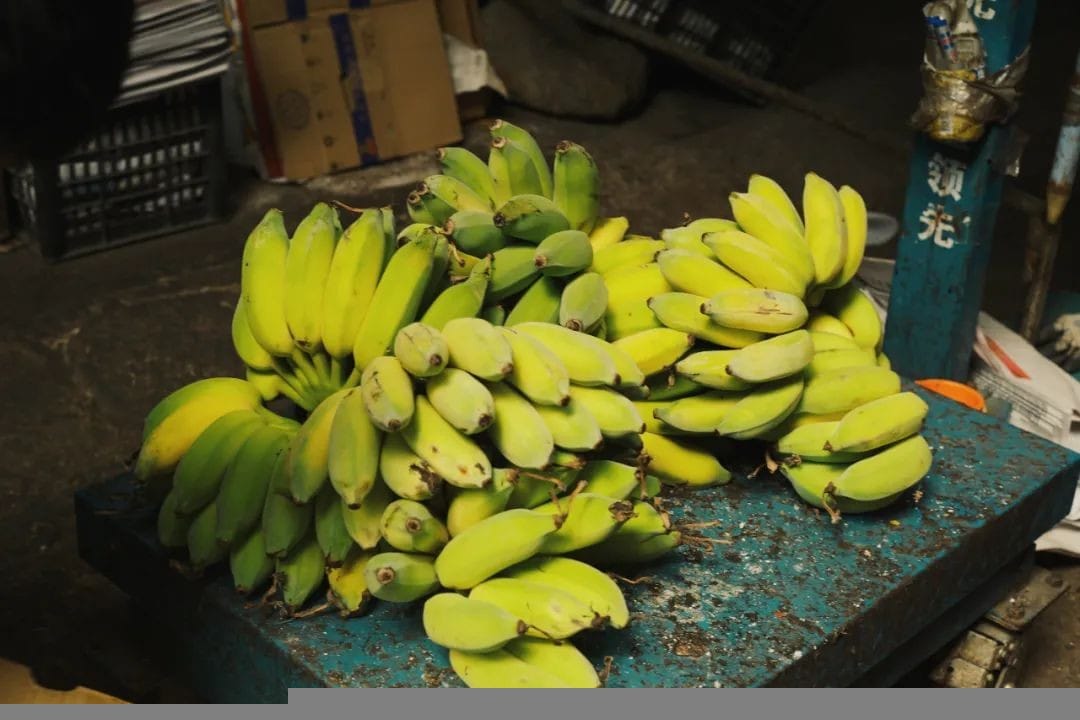
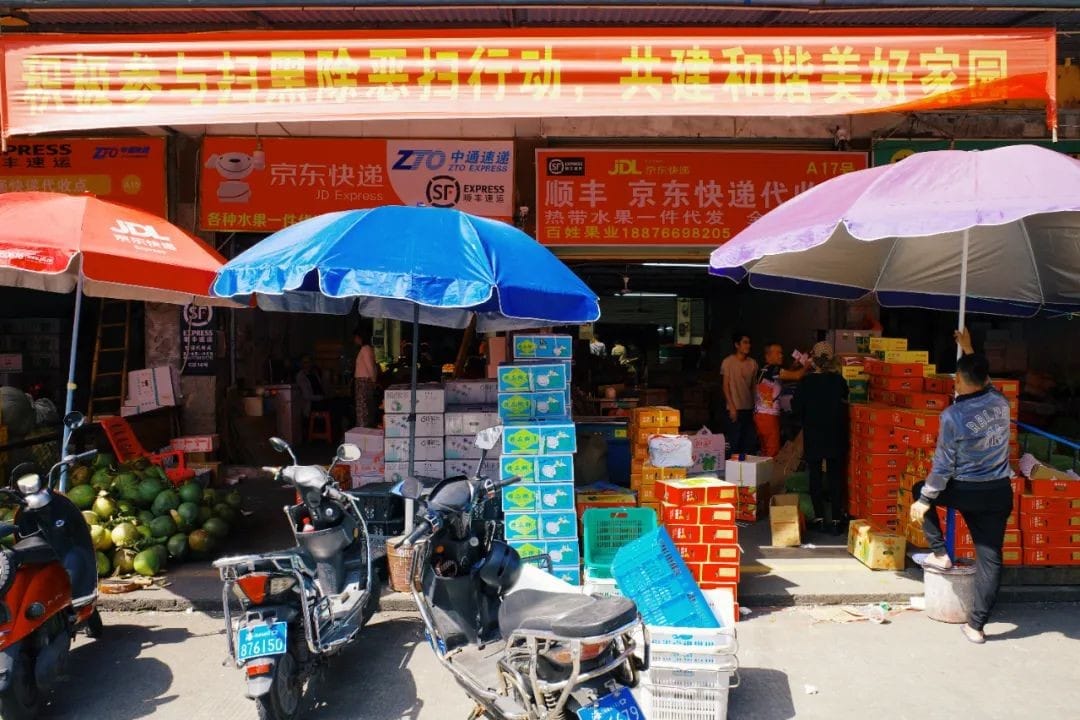
Among them, the one that struck me as the most special is a red mango called the Red Jade Mango. Some are entirely pink, while others are like summer peaches, with a blush showing through the white.
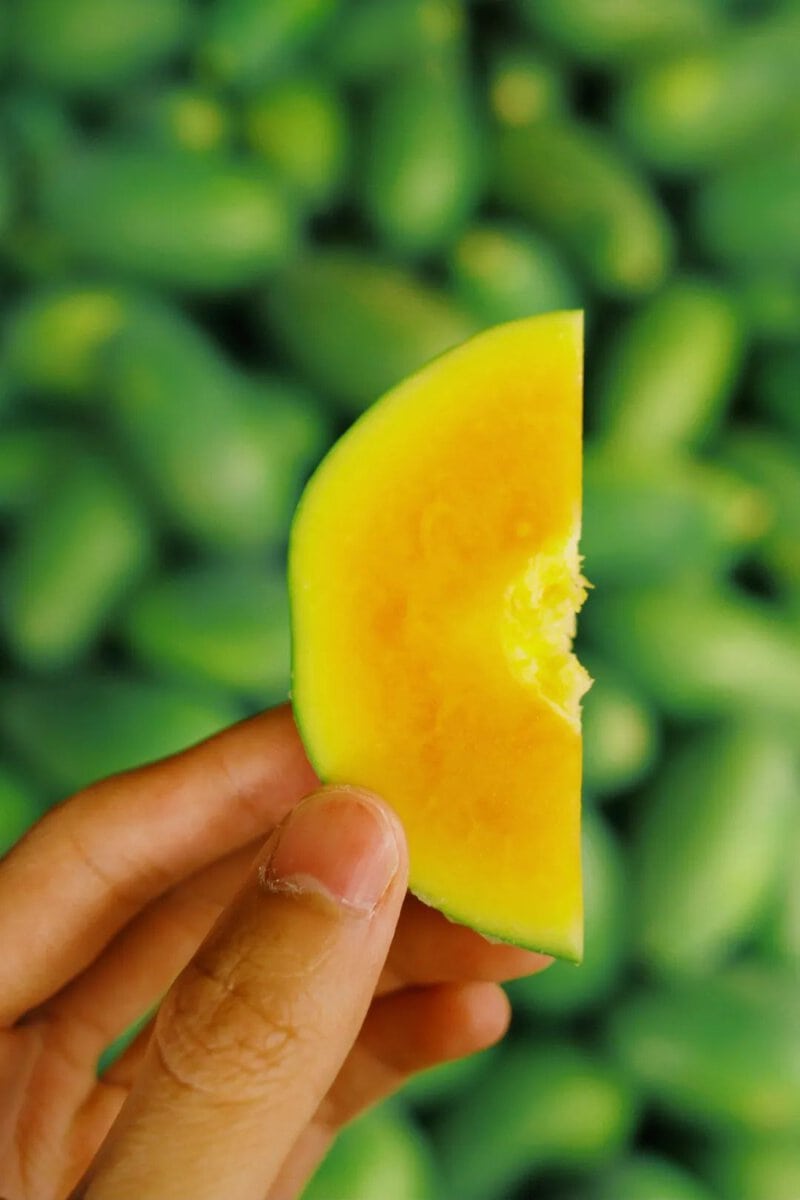
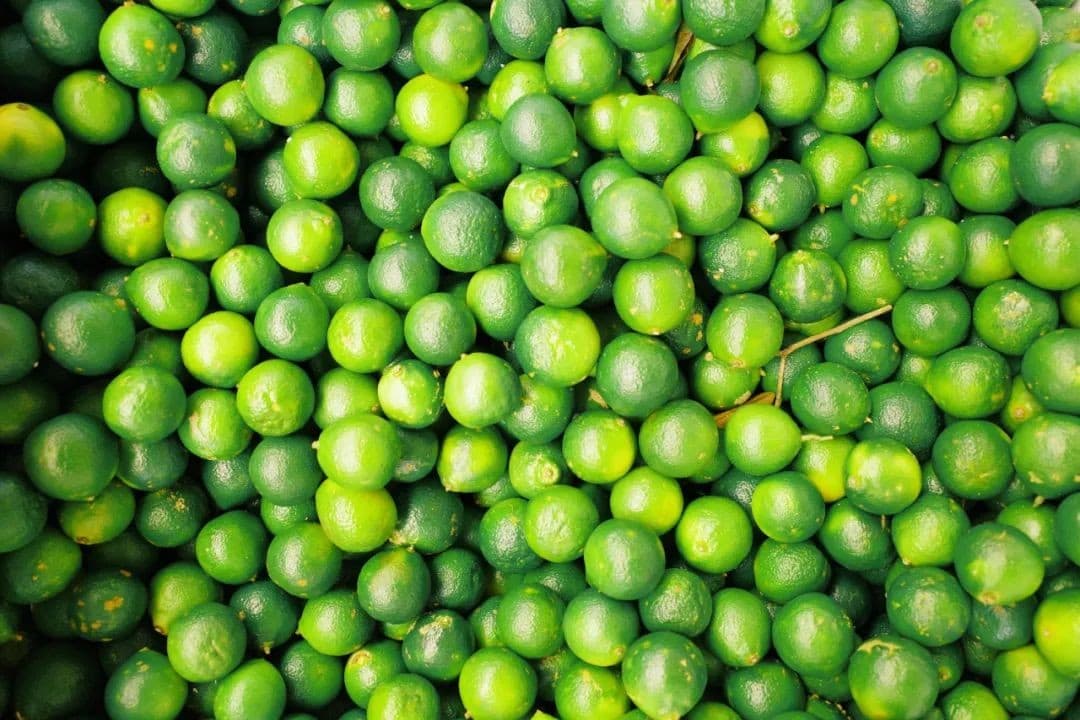
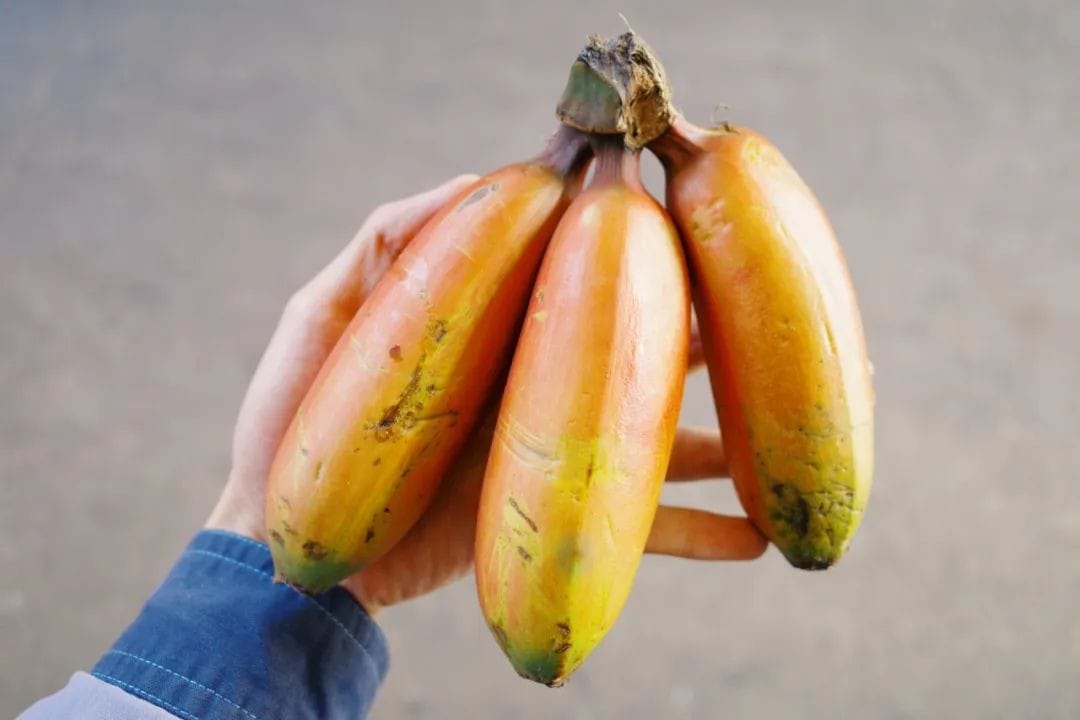
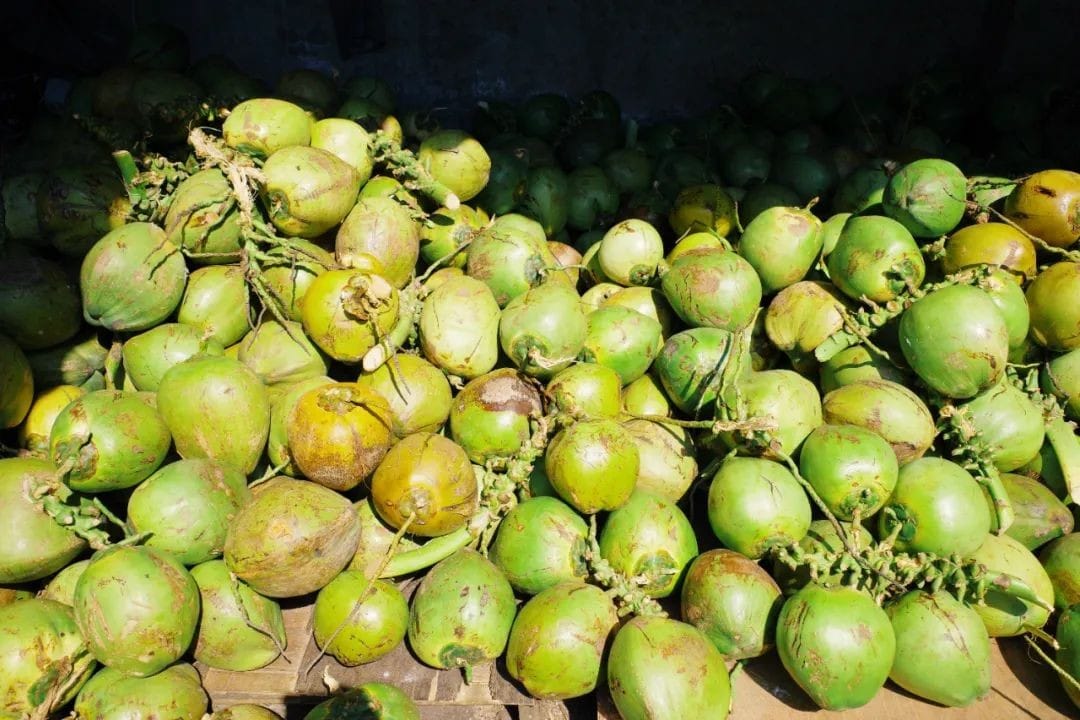
The Red Jade Mango has different color states because as the fruit gradually ripens, the skin changes from the initial pink to a fully ripe yellow.
The Red Jade Mangoes we inquired about were 5 yuan per jin, with a refreshingly sweet taste. They are slightly less sweet than Green Skin Mangoes but more refreshing to eat.
The most common mango is the Big Green Mango. Passing by piles of mangoes, you can feel a tropical aroma. Green Mangoes are 6 yuan per jin when bought by the box and 7 yuan per jin when bought individually.
We tried a slice, and it was full of juice with thick mango flesh. It becomes even more delicious and sweeter when its surface color changes from green to yellow.
Additionally, both the Guifei Mango and the regular mango are 4 yuan per jin, mostly sold in wholesale with some shops offering retail.
🍒 Cherries 🍒
💰: 20 to 35 yuan per jin
Buying cherries at a fresh food supermarket can easily cost close to 100 yuan, but in Haikou, regular cherries are 20 yuan per jin, and 4J cherries are over 30 yuan per jin.
We bought a small bag of cherries to taste, and without exaggeration, they are the freshest cherries we have ever eaten.
Biting into one, the juice is incredibly abundant. Even in Haikou’s twenty-degree weather, they are still icy cold, and the crisp, refreshing sweetness is something I still remember.
Moreover, the sweetness is just right, like a low-sugar cake, which is currently very popular.
🍋 Hainan Small Green Limes 🍋
💰: 6 yuan per jin
For those familiar with Hainan’s culinary delights, it’s well known that the locals here don’t favor vinegar. Instead, various restaurants always keep small green limes on hand. When a sour taste is needed, patrons simply squeeze the lime themselves.
As a lover of green limes, seeing piles of them here suddenly makes me feel hungry. Green limes are priced at 6 yuan per jin, with a minimum purchase of two jin, making the price quite reasonable.
🍋 Scented Lemon 🍋
💰: 8 yuan per jin
Another noteworthy mention is the local Hainan scented lemon. When sliced and brought close to the nose, in addition to the sourness of the lemon, one can also smell a floral fragrance.
Compared to other lemons, it grows longer and flatter, resembling a small wax gourd. Priced at 8 yuan per jin, the quality at the stalls is also quite good.
In the summer, adding one or two slices of scented lemon to chilled sparkling water can instantly double its deliciousness.
😊 Papaya 😊
💰: 2~2.5 yuan per jin
Papayas in Haikou seem almost free, with prices ranging from 2 to 2.5 yuan per jin, and they are also very large.
Similar to mangoes, the papayas in the fruit market are still green-skinned, offering a crispy texture with a subtle sweetness. However, many comments from last time mentioned a preference for soft, red-fleshed papayas, which can be left to ripen for a few more days.
At the papaya stalls, we saw one person placing papayas in a bucket, another washing the skin, and a third drying and scooping them out, creating a small, human “assembly line” that felt quite lively.
🔴 Rose Apple 🔴
💰: 8 yuan per jin
The rose apples here are priced at 8 yuan per jin. Comparable quality rose apples in Hangzhou’s fresh produce supermarkets sell for 30 yuan for 300g, which translates to six times the price of the fruit market.
Rose apples have a refreshing, crisp texture, somewhat similar to apples, but with softer fibers. The shops wrap the surface of the rose apples with, allowing them to last longer. When transported via cold chain to the mainland, they remain fresher.
What surprised me was the moisture content of the rose apples. Just chewing on a small piece can give you a burst of juice, as if there’s a “little spring” in your mouth, which is why they are called “water bombs.”
Growing rose apples in Hainan is also considered a “wealth code.” Could it be that the increasing popularity of rose apples in recent years has turned them into a “trendy fruit”?
🍍 Pineapple 🍍
💰: 10 yuan for 4 pieces / 10 yuan for 6 pieces
Pineapple is a fruit that appears frequently here, and even when eaten elsewhere, it is quite affordable. However, in Hainan, I saw it at floor prices.
Pineapple is a specialty of Haikou, Hainan, and with the year-round abundant sunlight, the sweetness of the pineapples here is even higher.
The pineapples are all very fresh. Small pineapples are 10 yuan for 6 pieces, while larger ones are 10 yuan for 4 pieces.
As soon as you cut open a pineapple, a tangy-sweet aroma fills your nose, accompanied by the flow of juicy liquid. Taking a bite of sliced pineapple outdoors, we experience a refreshing coolness in the tropical weather, feeling like we could slip into vacation mode the next second.
Moreover, pineapples do not require the same tedious peeling and “digging out the thorns” as pineapples do. Handling them at home after online shopping is relatively easier.
🍌 Banana 🍌
💰: 4.5 yuan per jin, sold by the bunch
When it comes to bananas, the “greenness” here is quite intense. They either appear in bunches or in piles. Compared to regular bananas, bananas are fatter and shorter, and I find them cuter, albeit more expensive.
Compared to regular bananas, I find that bananas are not as sweet and not as soft.
🍌 Coffee Banana 🍌
💰: 8~9 yuan per jin
The wholesale price of coffee bananas alone is 8~9 yuan per jin. In Hainan supermarkets, they sell for 25~30 yuan per jin.
Coffee bananas that are darker are less ripe, while those that are redder are more ripe. When they reach a reddish-yellow color like the one on the right in the picture below, they are best to eat.
The taste of coffee bananas is actually quite similar to that of regular bananas, but the texture is relatively denser and more compact. They are also not as sweet as regular bananas, but their nutritional value is richer.
💫 Jackfruit 💫
💰: 2~2.5 yuan per jin
Here, the visual impact of jackfruit shops is quite striking. You will see large green fruits with “small spikes” piled up, rather than the neatly peeled and boxed yellow fruits seen in regular fruit shops.
There is a small price difference for jackfruit among different shops, some at 2.5 yuan per jin, others at 2 yuan per jin. You can taste them here before considering which one to send home.
Of course, the minimum purchase here is a whole large fruit. Shipping to the Northeast or Northwest costs 3 yuan per jin, while shipping to other places costs 2 yuan per jin.
After sending the express, it usually takes about 1-2 days to receive the package, and it can be consumed within that time. If there are any bad fruits, compensation will be provided.
Jackfruit is quite durable and can be stored for a while. When you buy a whole one, you can enjoy it gradually over time. You need to manually separate the yellow fruits inside one by one.
🥥 Hainan Coconut 🥥
💰: 4~5 yuan each
Here, the sight of coconuts is as impressive as jackfruit. Hundreds of coconets lying in piles together create a striking visual. Seeing a single coconut might evoke a vacation vibe, but seeing a pile of them suddenly makes you think: they are the “tool coconuts” that have rolled up.
There is a saying that half of the coconuts in China come from Hainan Island, and half of those from Hainan come from Wenchang. Hainan coconuts are larger and have more juice than those from Thailand. The coconuts we drink locally have at least 1.5 times more juice than those from Thailand sold at Hema, and some are even enough to fill you up.
If you chill the coconut in the refrigerator and then drink it, it feels like summer in one sip.
The wholesale price of coconuts ranges from 4 to 5 yuan, with the 5 yuan ones having larger cores. The shipping fee is 2 yuan per jin, so the cost for a coconut to be delivered to Jiangsu, Zhejiang, or Shanghai is around 8-9 yuan.
When shipping, the staff will peel off the green outer skin, making it easier to transport.
Usually, 9 coconuts are packed in one box. Shipping a whole box to Jiangsu, Zhejiang, or Shanghai costs about 100 yuan, while shipping to the Northeast or Northwest is more expensive due to higher freight costs.
When asked about the freshness guarantee, the shop replied that if kept in the refrigerator, the coconuts can last for half a month.
🌼 Bird’s Nest Fruit 🌼
💰: 28 yuan per jin
Compared to fruits priced at 2-3 yuan in the market, bird’s nest fruit is practically luxury-grade. Its skin color is very summery and even resembles that of the Buddha’s hand fruit.
Bird’s nest fruit is delicious, with a texture similar to dragon fruit, refreshing and slightly sweet, and more juicy. The wholesale price here is 28 yuan per jin, while on Taobao it costs around 50 yuan per jin, and in fruit shops it should be even more expensive.
It is said to have strong detoxifying properties, so friends with constipation issues might want to give it a try.
🍊 Satsuma Orange 🍊
💰: 1.5 yuan~2.5 yuan per jin
Satsuma oranges come in several different grades. The better ones are around 2 yuan per jin, while the more common ones are 1.5 to 1.8 yuan per jin. Buying a whole basket might cost only 20-30 yuan.
In my eyes, satsuma oranges are “sweetened versions of tangerines,” rich in juice, and bursting with flavor with just a light bite. They are large and have thin skins, making every bite a delightful experience of fruit goodness.
Compared to the price of 10 yuan per jin at fresh produce supermarkets, friends who love oranges can practically buy them by the box.
🍍🍌🍇
Today, while walking with Xianyu, we talked about the row of roadside vegetable shops near the subway station by our company. Xianyu said that seeing those simple little vegetable stalls makes her feel good. The boards used to write prices are broken foam boards, and most of the customers are regulars. Compared to the sophisticated fresh produce supermarkets, there is another kind of “fresh beauty” here.
And to experience this freshness, you don’t need to buy a plane ticket or a high-speed train ticket. It might just be downstairs, in another parallel world.
When you can’t go out, you can shop for tropical fruits online. When you can, you can buy fruits as souvenirs and have them sent home. Both are quite nice.
Oh, and if you’re a photography enthusiast, the fruit markets in the north and south can give you a retro film feel. If you have a film camera, you can also bring it out to shoot the streets.
Alas, I don’t know when this round of the pandemic will end, so I hope everyone can achieve fruit freedom and travel freedom soon.

